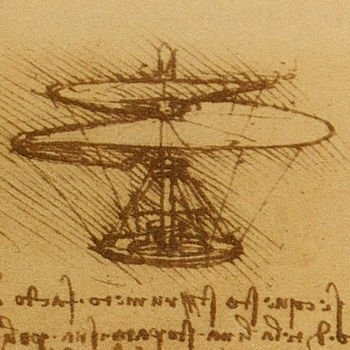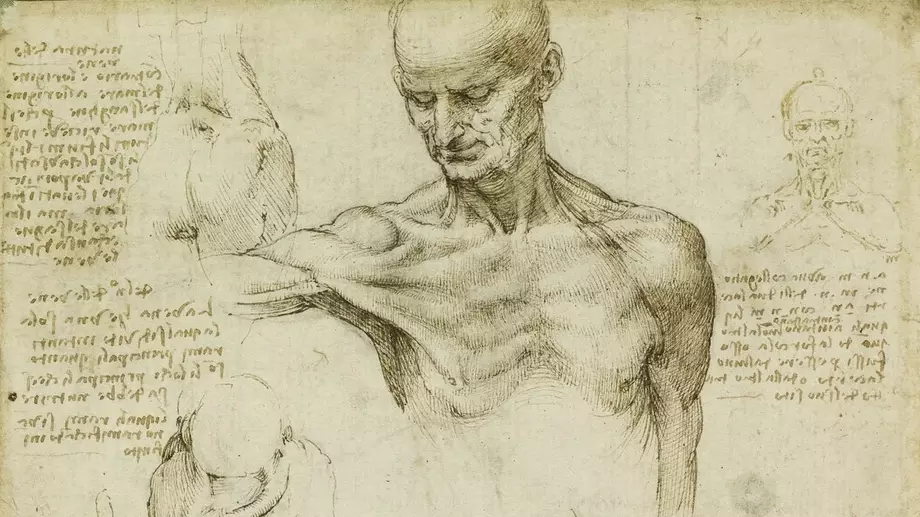
Anatomical studies
Leonardo dissected about 30 people in the course of his life and made drawings for them. However, he dissected not only people, but also animals. Based on notes in his surviving notebooks, dissections on the following animals can be traced: Horse, cattle, pig and bear. Leonardo also knew of the skeleton of an ape.
Why did Leonardo make anatomical drawings?
Leonardo began his anatomical studies in order to perfectly reproduce human bodies in his paintings. He believed that a work of art could only accurately represent reality if it was created with knowledge of the internal structure, such as the proportions of the bones or the structure of the muscles. In order to be able to produce the equestrian monument to Ludovico Sforza in exact detail, Leonardo also dissected horses. Later, Leonardo's knowledge became so extensive that he planned to publish a textbook on human anatomy with the young professor of medicine Marcantonio della Torre. However, the professor died of the plague in Verona in 1511 and the project could no longer be realized.
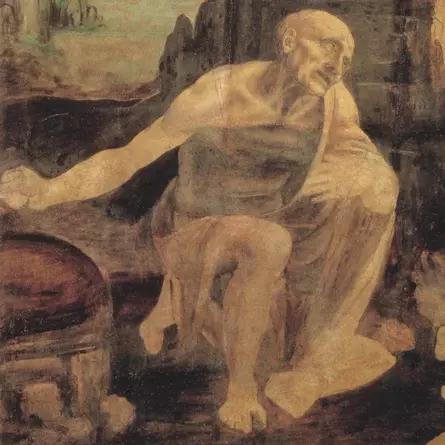
The torso in this early work already shows Leonardo's anatomical knowledge
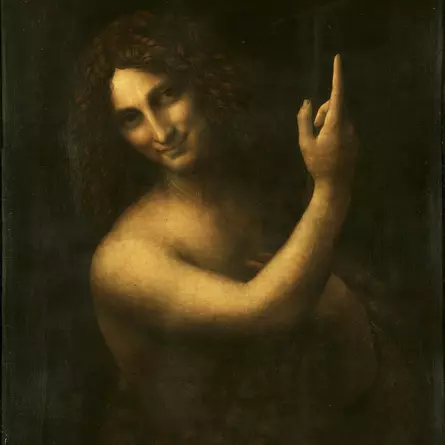
Leonardo flirts with his anatomical knowledge, e.g. he omits here the right collarbone simply
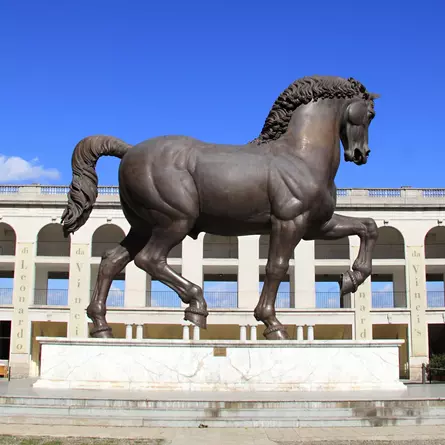
A modern replica of Leonardo's planned equestrian statue for Ludovico Sforza.Leonardo's preliminary drawings for the horse show a precise knowledge of the anatomy of horses
What is special about Leonardo's anatomical drawings?
- Leonardo's drawings of human anatomy were the first pictorially correct representations of the anatomy of the human body. They are characterized above all by an impressive attention to detail
- For religious reasons, the dissection of corpses was forbidden at the time. Only in a few rare cases, dissections were allowed to be performed as part of the education at a university. Leonardo therefore usually carried out the dissections in secret. From his time at the papal court in Rome, a letter is preserved in which Leonardo complains that he was reported to Pope Leo X for his dissections. This, however, remained without consequences, as Leonardo was well acquainted with the Pope's family (Medici family)
- Leonardo was the first to do comparative anatomy. As a result, he noticed similarities that exist between the skeletons or organs of humans and those of animals. Further investigation of these similarities would lead centuries later to the theory of evolution
- Leonardo also did not separate art from science in his anatomical drawings. For example, he drew a human fetus in the uterus of a cow or he superimposed two views of a mouth in such a way that they look like the profile drawing of a head.
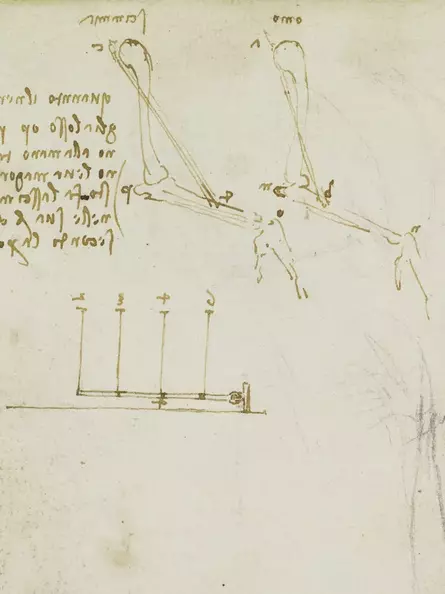
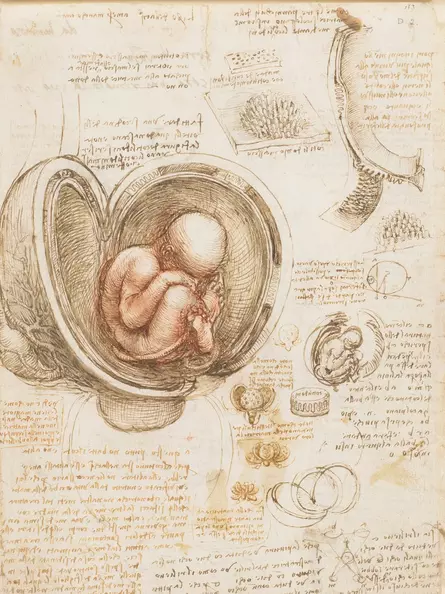
The famous drawing shows the human fetus in the uterus of a cow
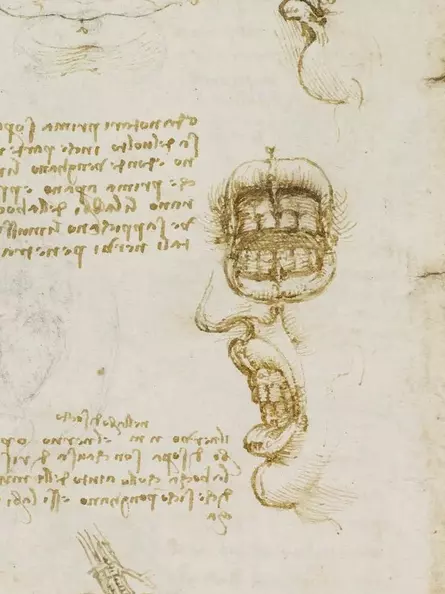
It is remarkable that Leonardo places the upper mouth at the level of the (hidden) eyes. It gives the impression of a profile drawing of a head.Leonardo did not separate art and science
And you, who say it would be better to witness an anatomical dissection than to look at these drawings, you would be right if it were possible to see everything that my drawings depict in a single illustration.
In anatomy, even with all skill, you see only a few veins, and those are the only ones you get to know. On the other hand, in order to know them completely and accurately, I have dissected more than ten human bodies, destroying all other parts and gradually removing all flesh surrounding those veins without staining them with blood, except for the barely noticeable bleeding of the capillaries. And a corpse does not last so long, so I had to work on several corpses successively to learn everything completely. And to observe the differences, I did the whole thing twice.
And even if you are inclined towards these things, perhaps nausea may deter you.
And if that doesn't deter you, maybe the fear of staying overnight in the company of dismembered, skinned, and gruesome-looking corpses will.
And if that doesn't deter you, perhaps you lack the artistic talent required for such representation.
And if you have the talent for drawing, perhaps you lack [knowledge of] perspective.
And if you have that, perhaps you lack the ability to apply mathematical laws and calculate the movement and force of the muscles.
And maybe you lack patience if you are not diligent.
Whether I was able to bring all these qualities or not, the one hundred twenty books I have written will judge. I have been hindered neither by stinginess nor negligence but solely by time. Farewell.
Human anatomy
Skeleton
Musculature
Internal organs and heart muscle
Blood vessels
And this old man told me a few hours before he died that he was already over a hundred years old and did not feel at all that he was missing anything, but only that he was weak. And in the Santa Maria Nova Hospital in Florence, sitting on a bed, without any other movement and without any sign of illness, he passed away in this way. And I dissected him to find out the cause of such a gentle death: I found that he had died because of the failure of the blood and artery supplying the heart and other lower limbs, which I found very dry, flaccid, and desiccated. In this anatomy I recognized everything thoroughly and effortlessly, because there was neither fat nor moisture, which makes it quite difficult to recognize the individual parts. The other anatomy was that of a two-year-old child, in whom I found the opposite of everything I had found in the old one.
Nervous system
Sexual organs and reproduction
Animal anatomy
Comparative anatomy
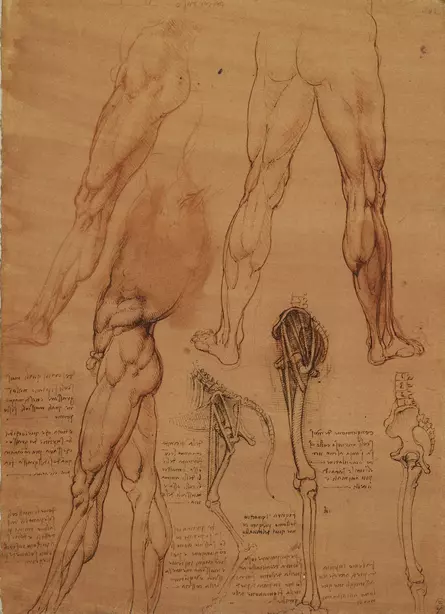
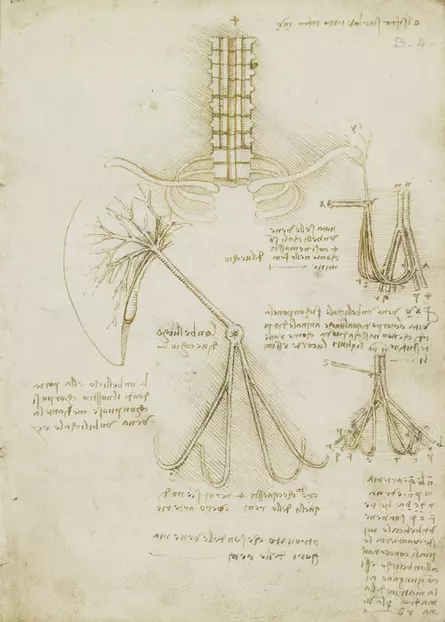
Windsor, Royal Library (9)19021 verso
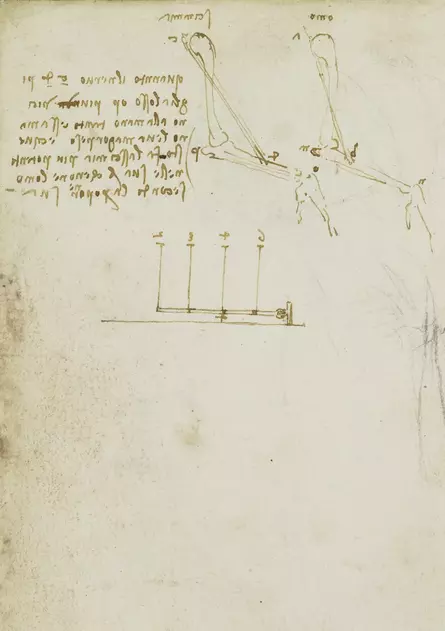
This gentleman [Leonardo da Vinci] treated anatomy with painting, both of limbs and of muscles, nerves, veins, joints, viscera, and of what can be said about the bodies of men and women, in a way that no other man has ever done and that we have seen with our own eyes. And already he told us that he had done the anatomy of more than 30 bodies of men and women of all ages.
Reading note
Leonardo da Vinci's drawings of human anatomy are now largely held by the Royal Library at Windsor Castle near London. Leonardo's drawings from their holdings have largely been digitized and can be viewed online. All the illustrations shown on this page can be viewed with explanatory texts on the website of the Royal Collection Trust (RCT). All you have to do is enter the catalog number shown below the images in the search mask. A leading 9 leads to exact search results.
Sources
Website of the exhibiting museum: Royal Library Windsor
Frank Zöllner/ Johannes Nathan, Leonardo da Vinci - Sämtliche Zeichnungen, Taschen (2019)
Especially recommended
Marianne Schneider, Das große Leonardo Buch – Sein Leben und Werk in Zeugnissen, Selbstzeugnissen und Dokumenten, Schirmer/ Mosel (2019)
Leonardo da Vinci, Schriften zur Malerei und sämtliche Gemälde, Schirmer/ Mosel (2011)
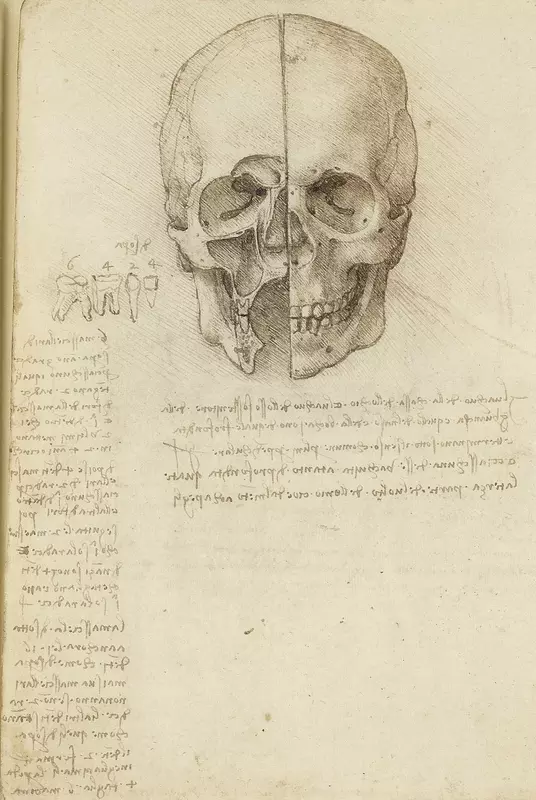
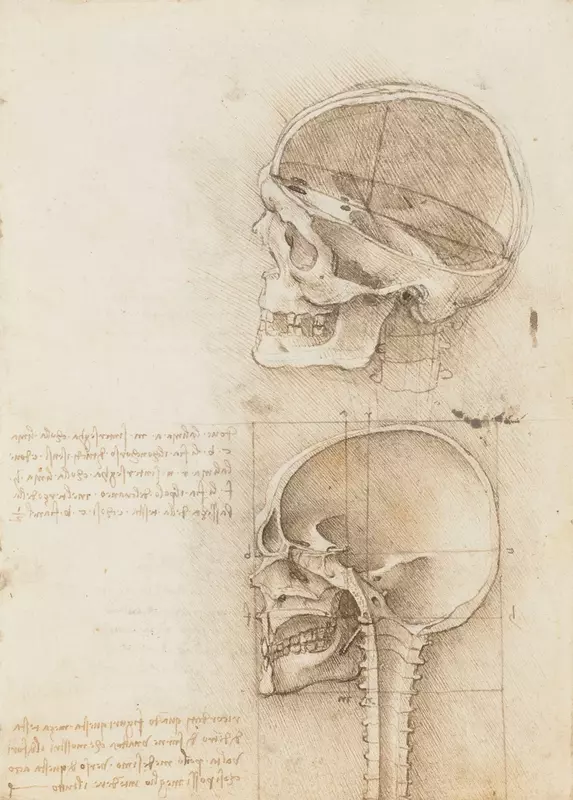
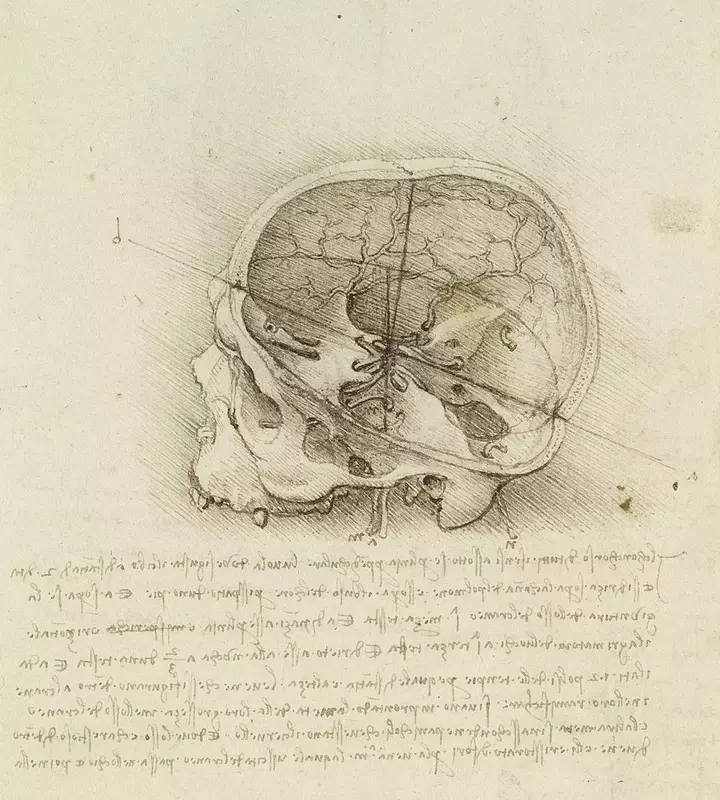
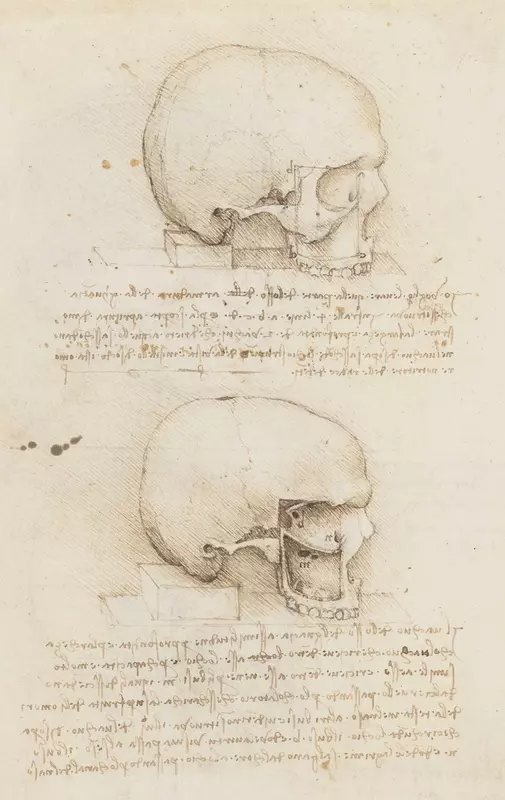

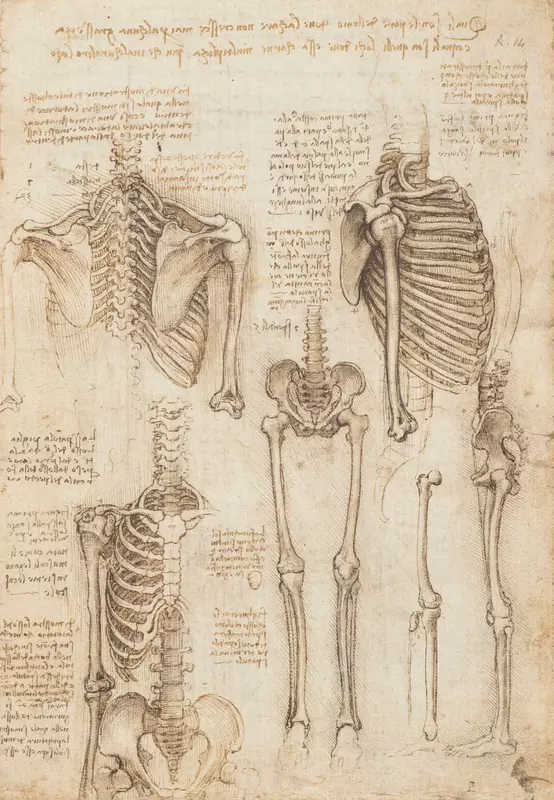
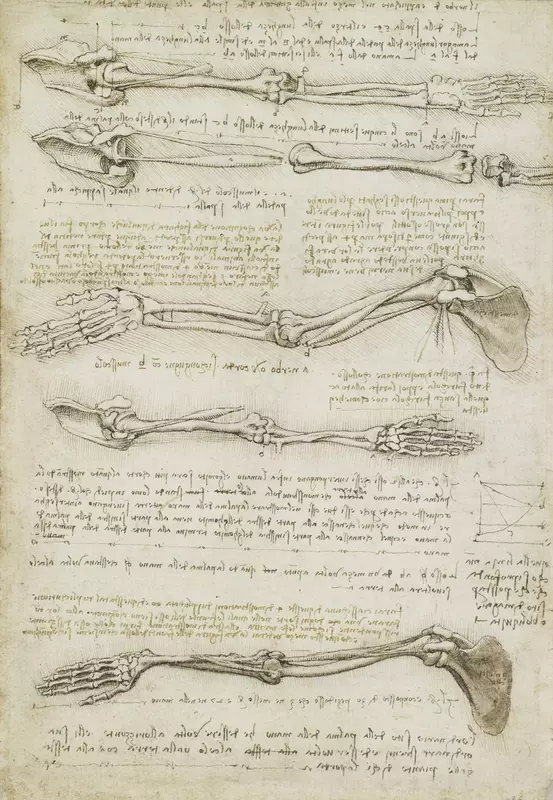
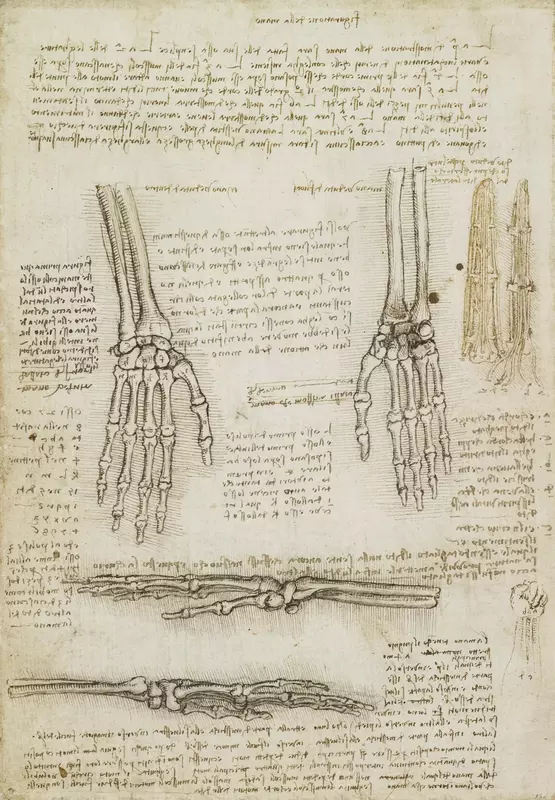
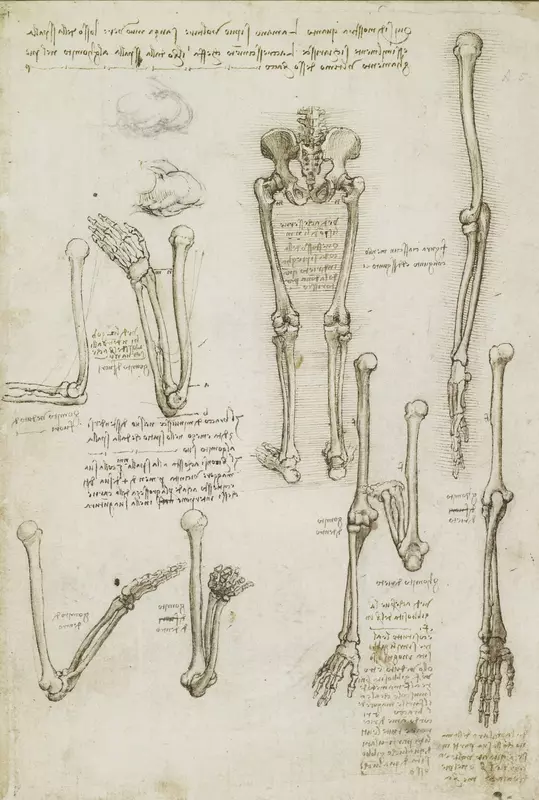
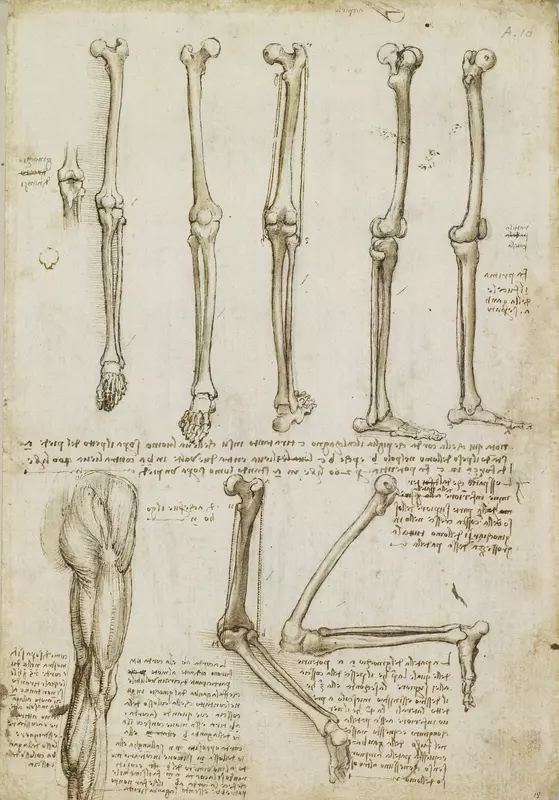
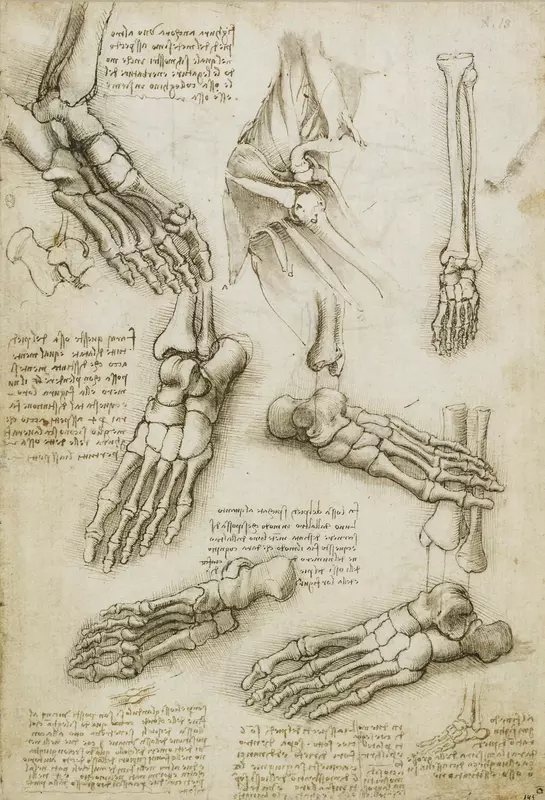
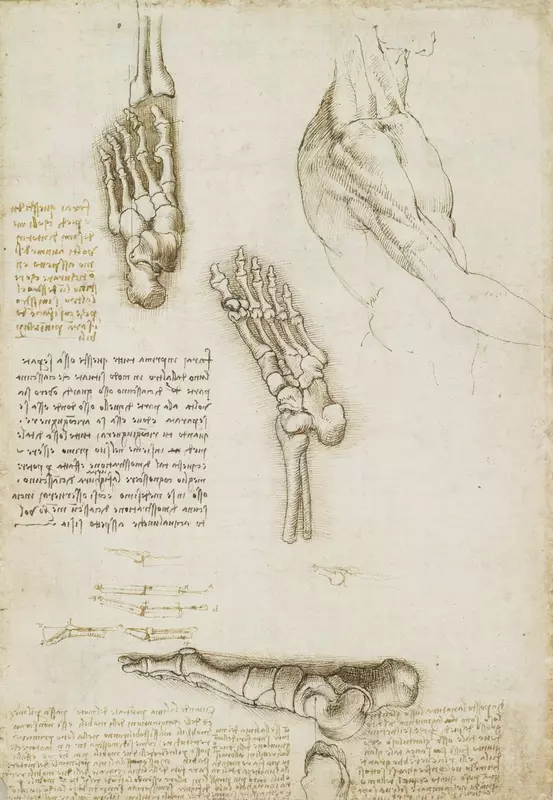
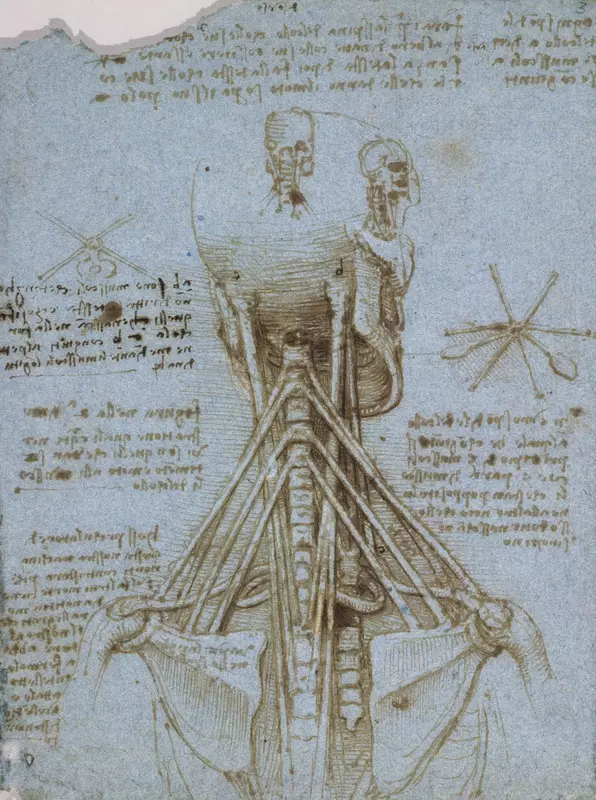
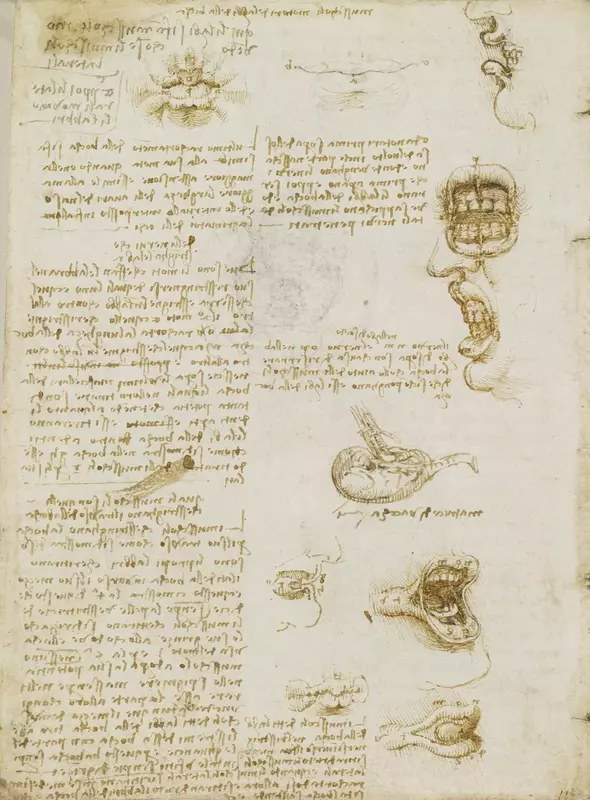
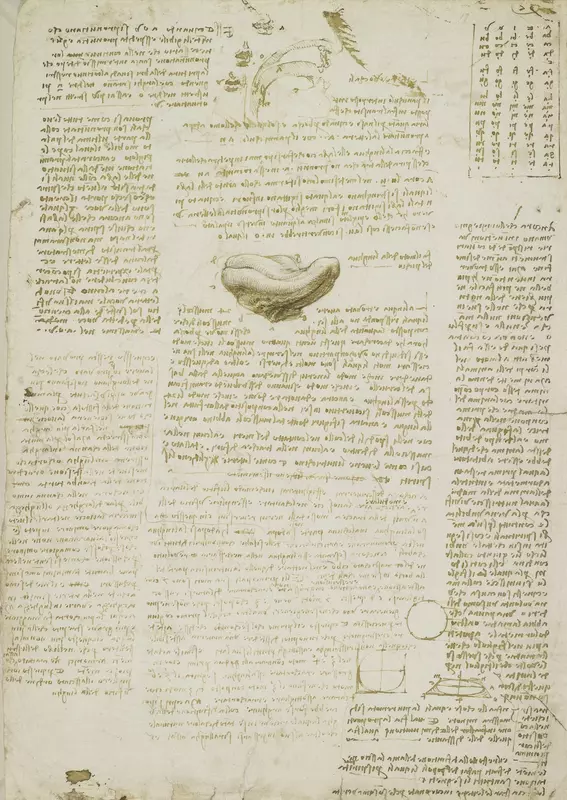
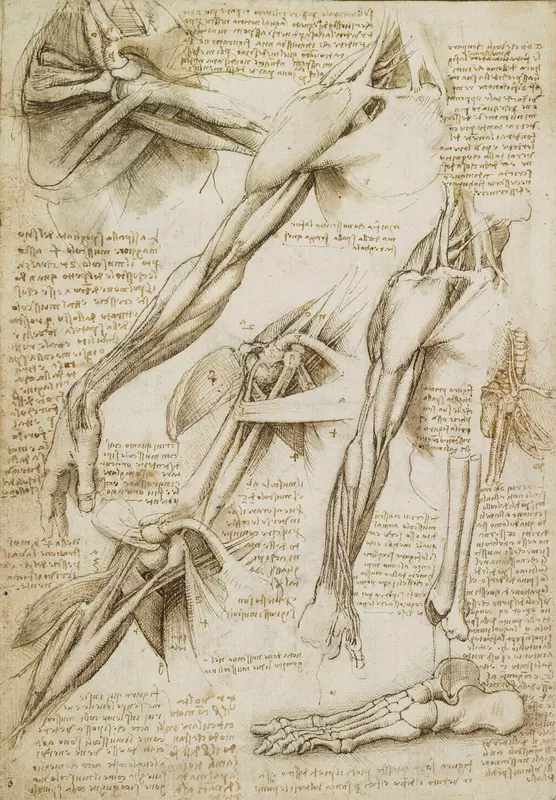
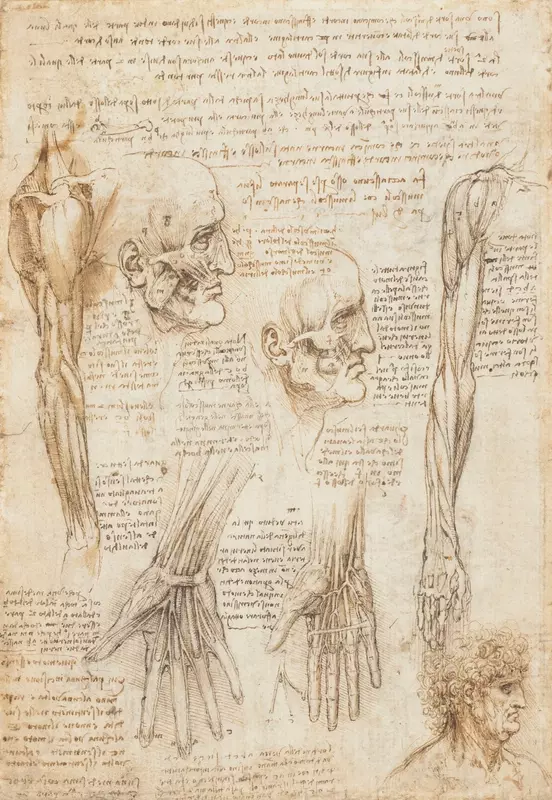
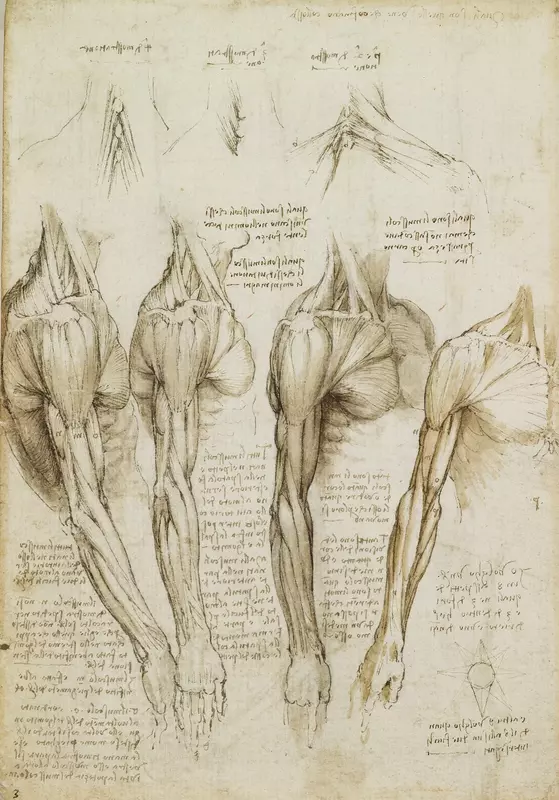
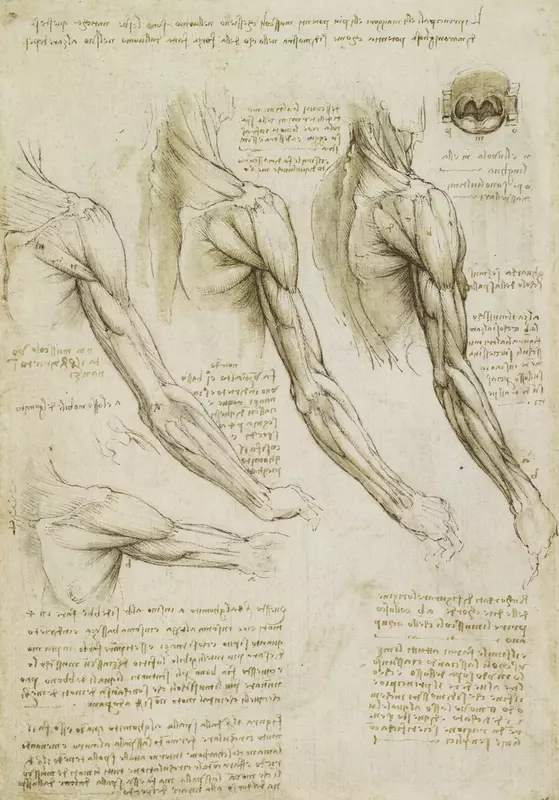
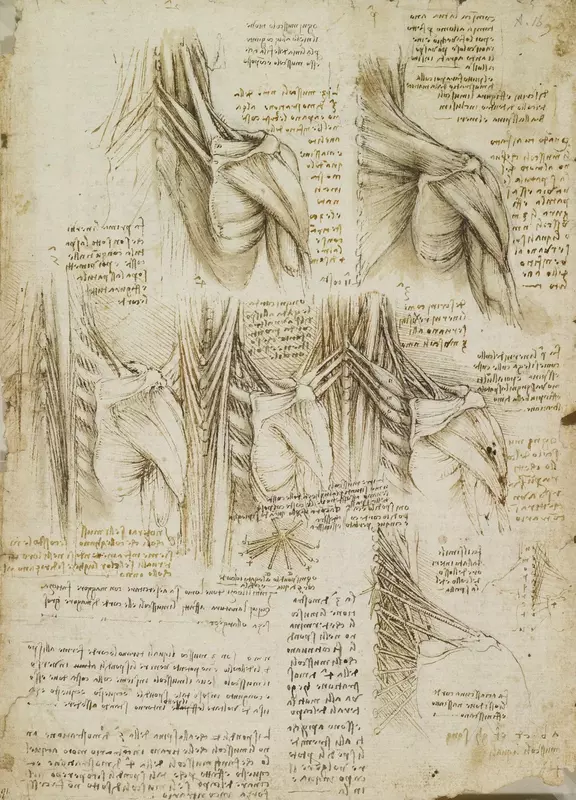
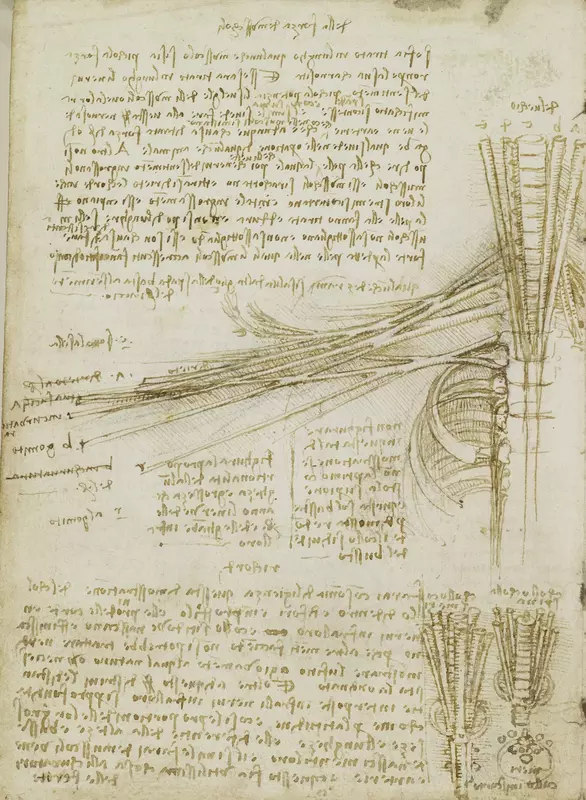
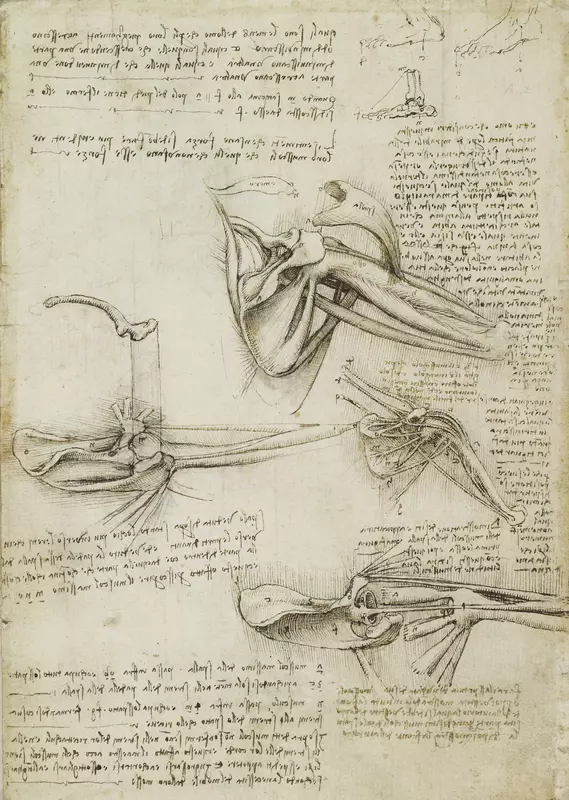
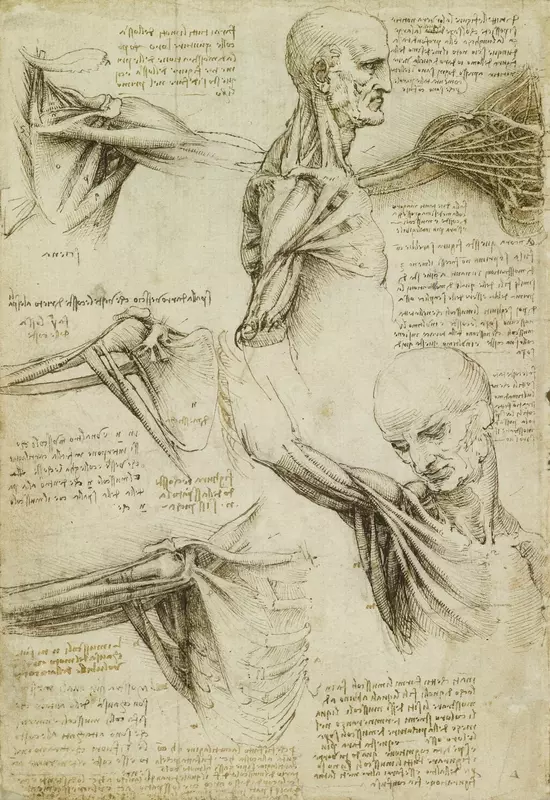
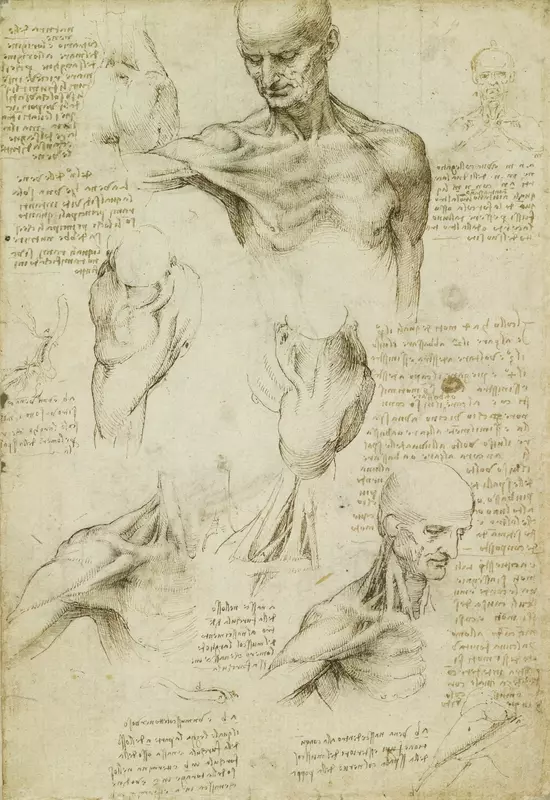
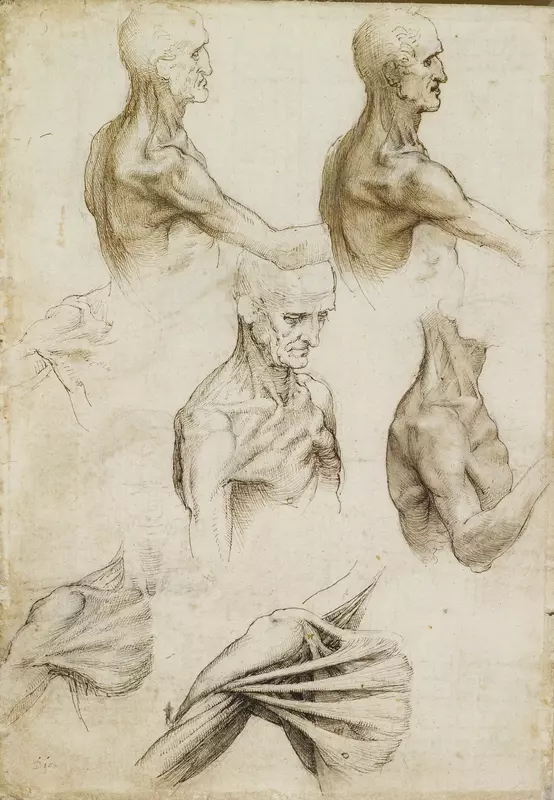
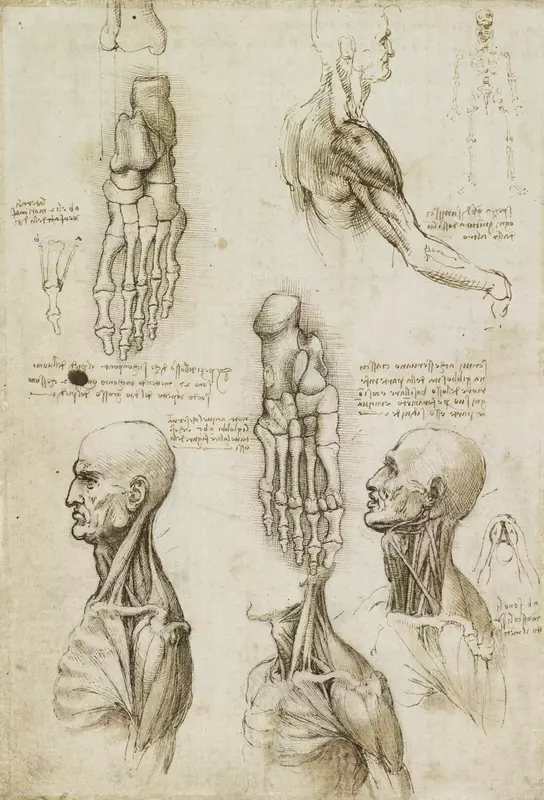
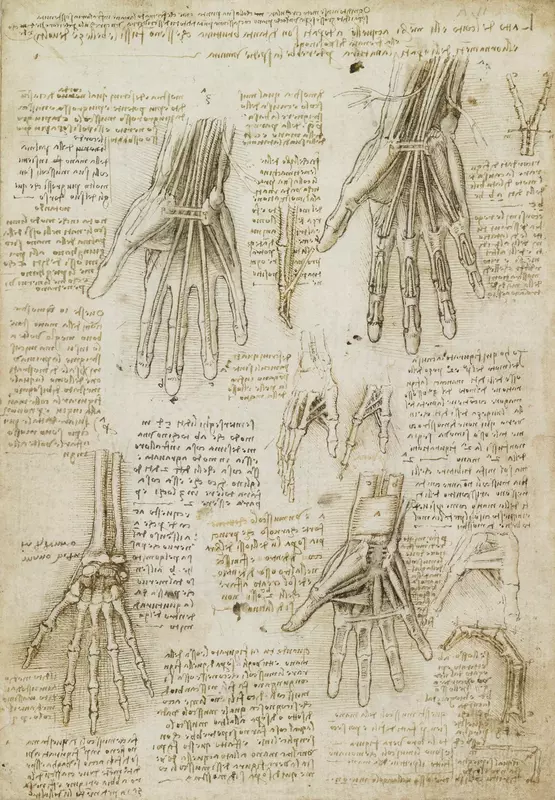

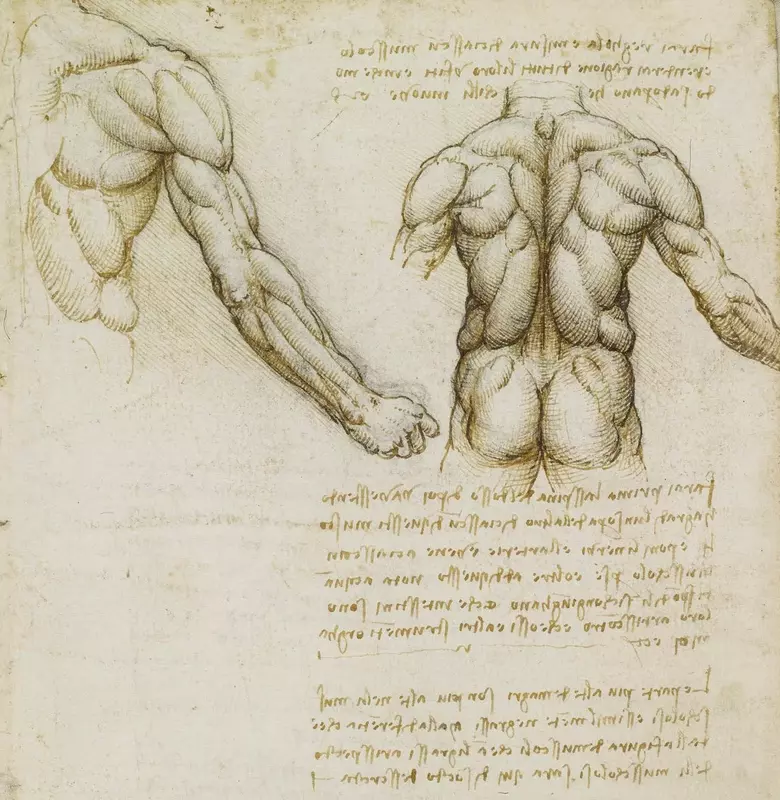
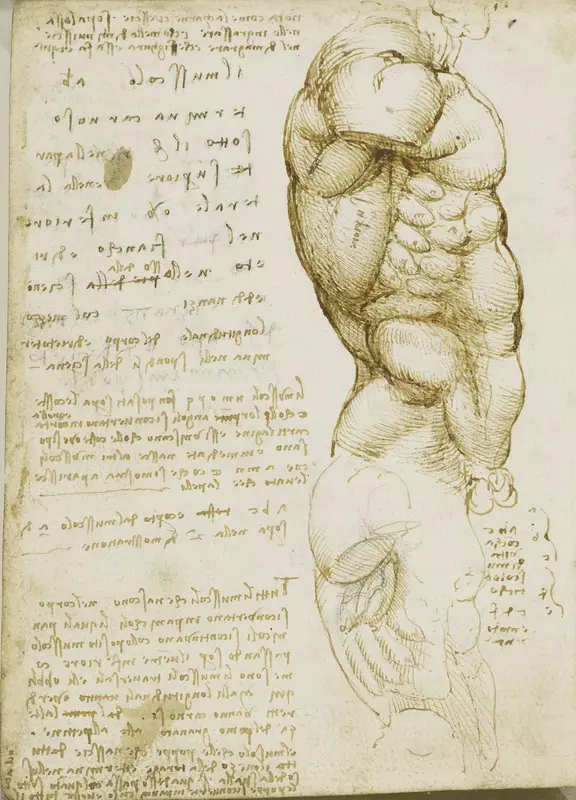
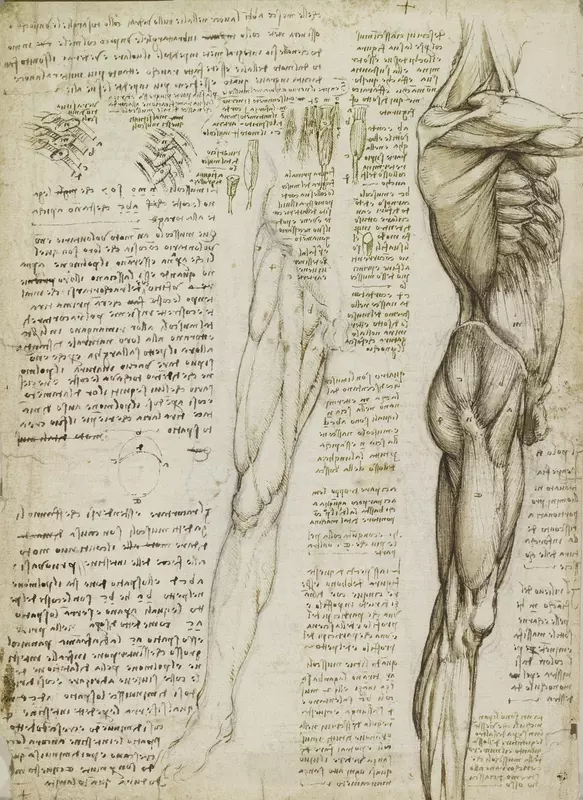
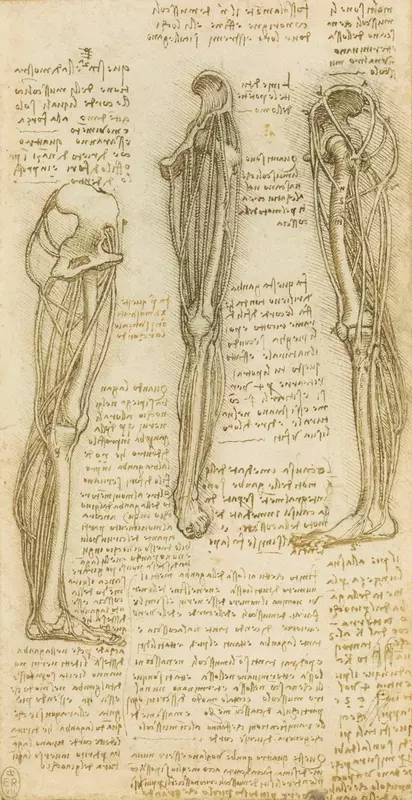
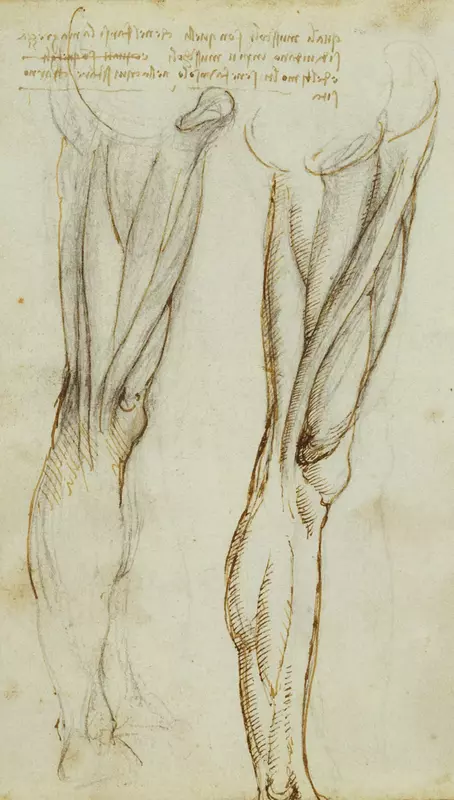
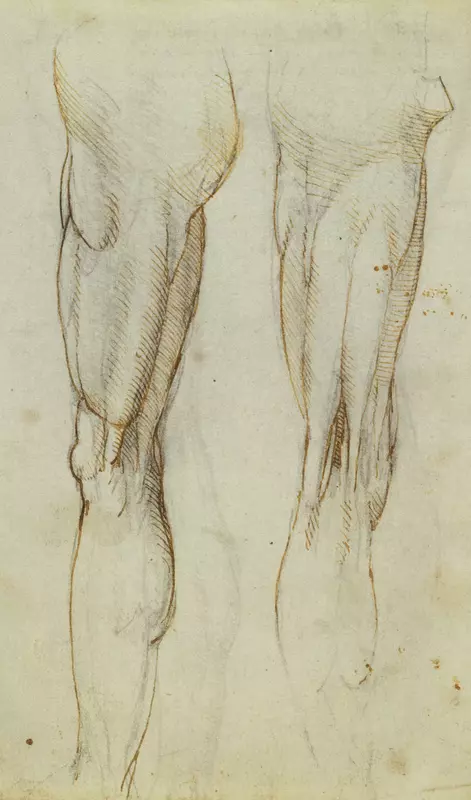
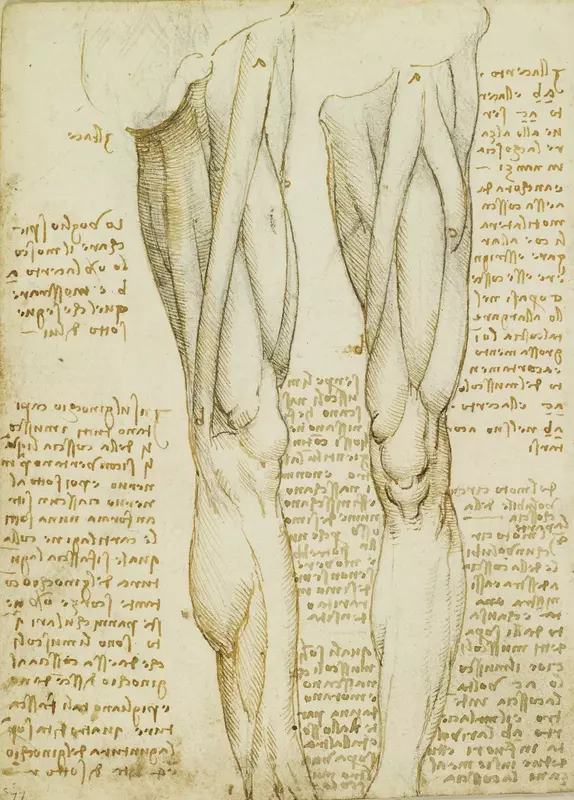
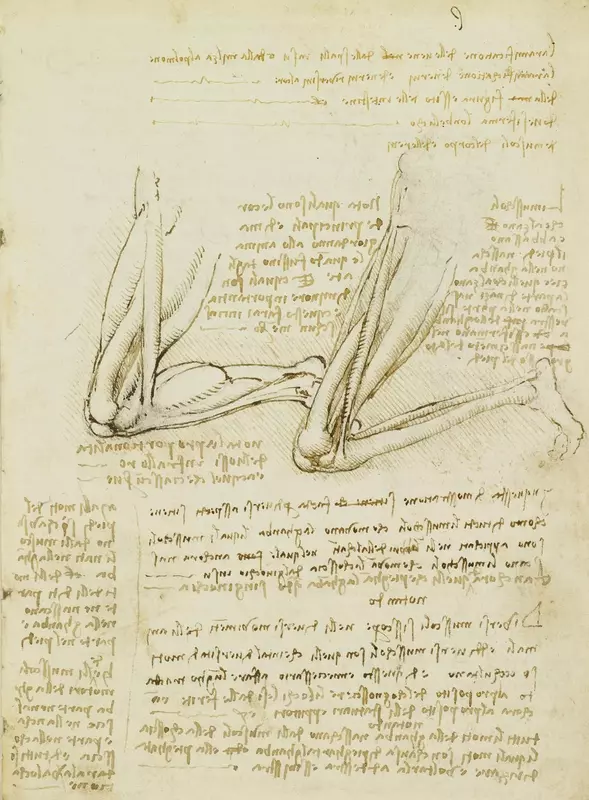
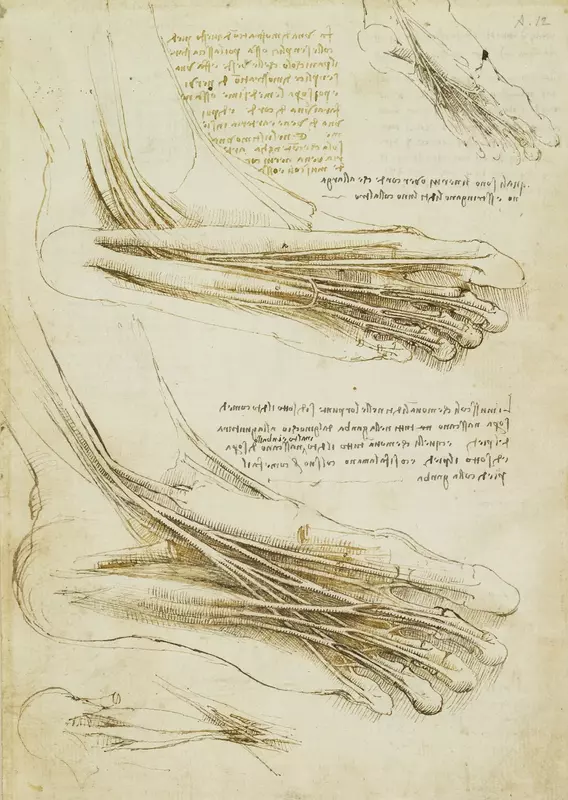
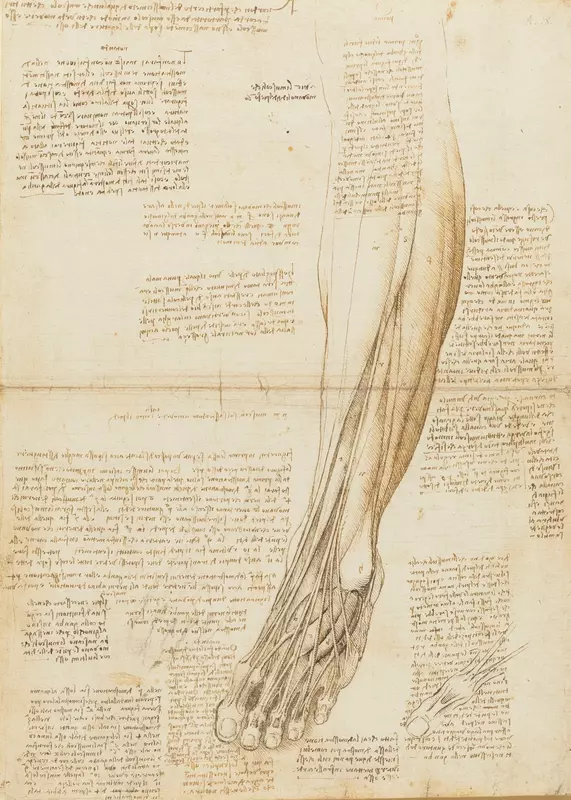
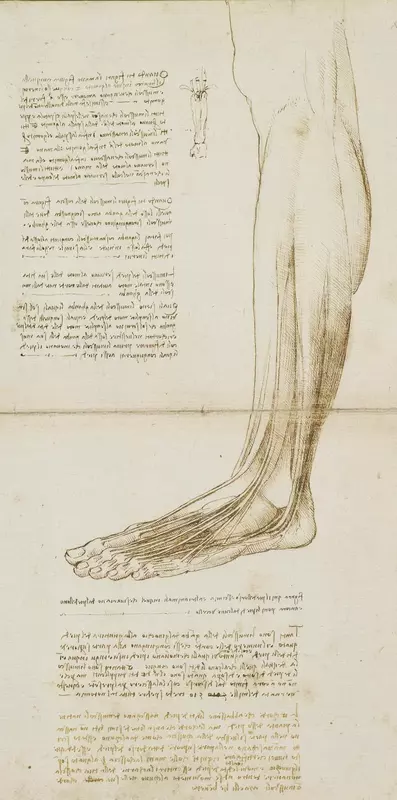
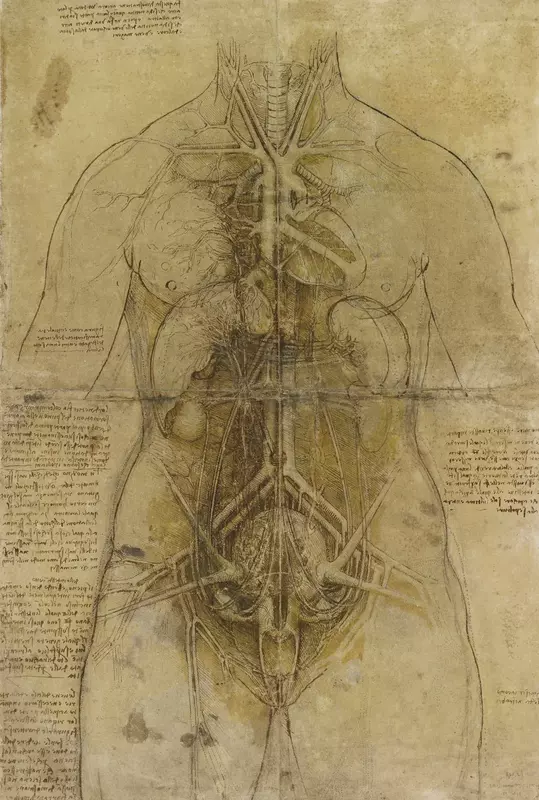
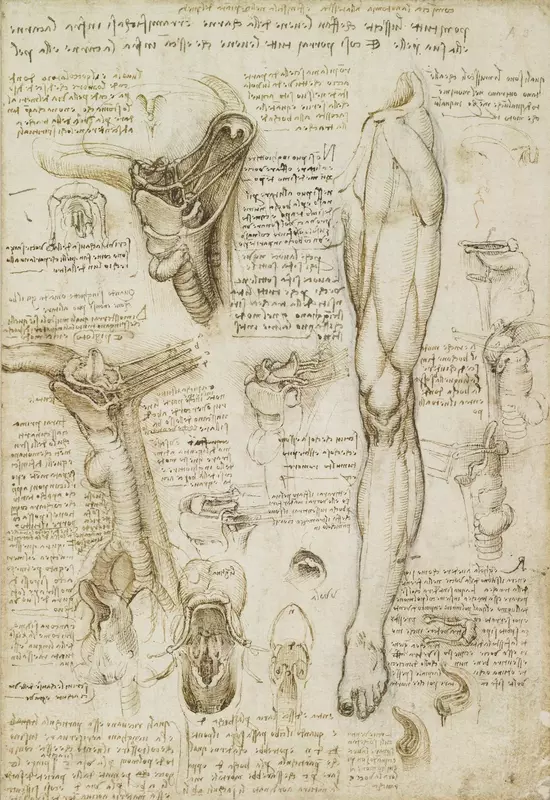
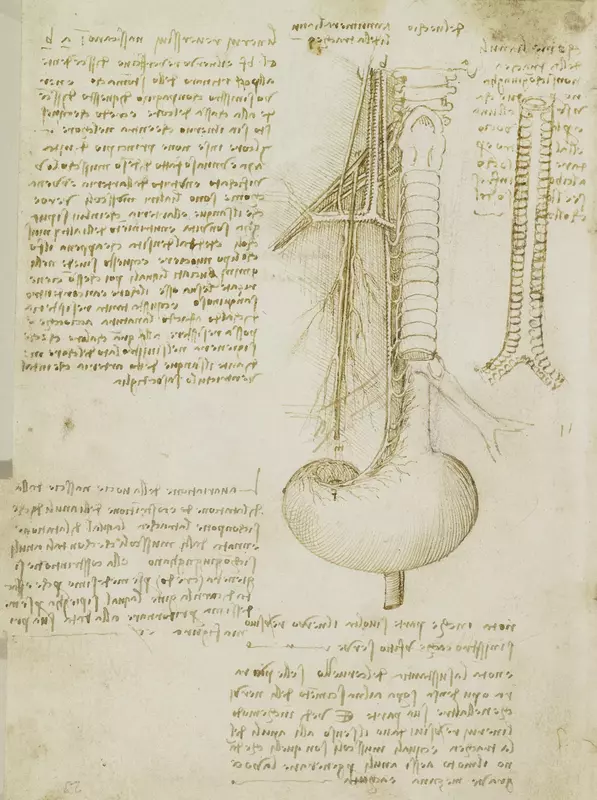
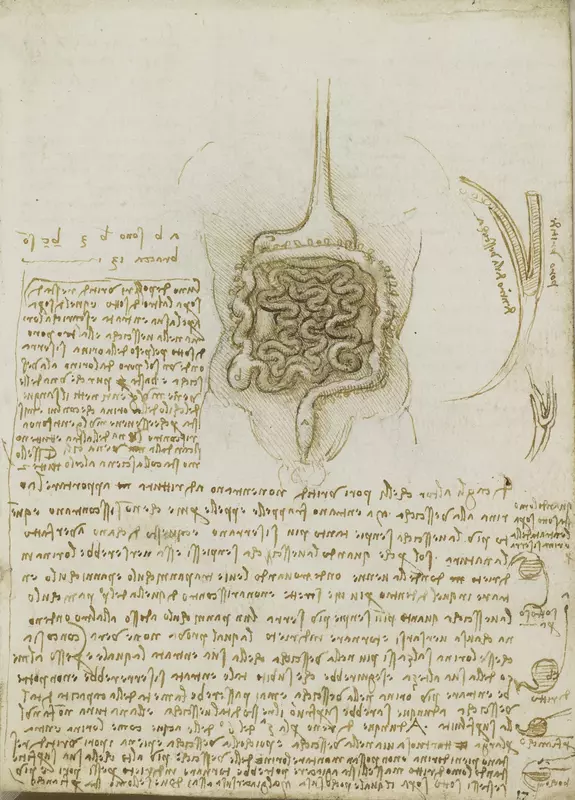
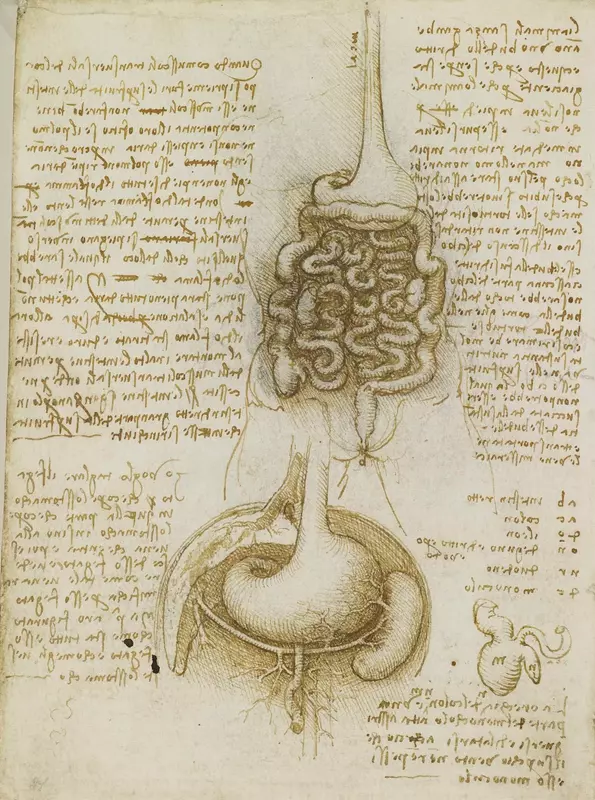
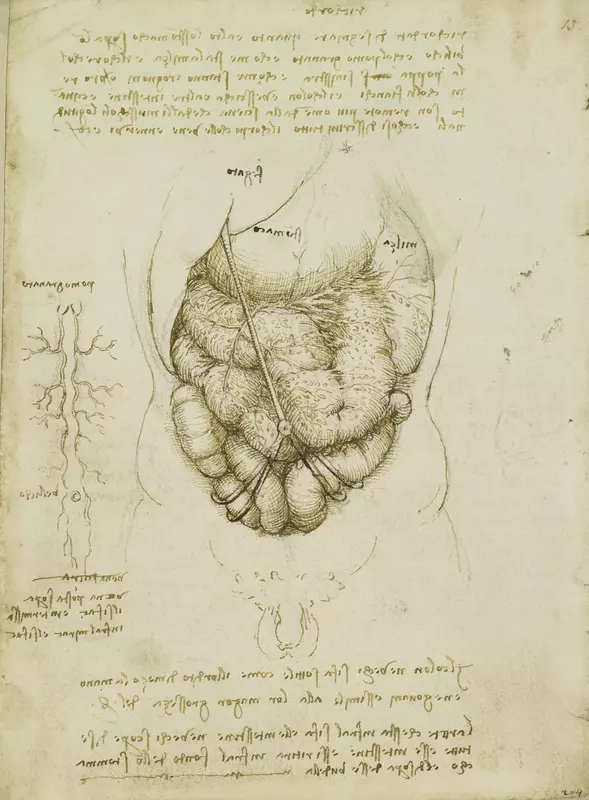

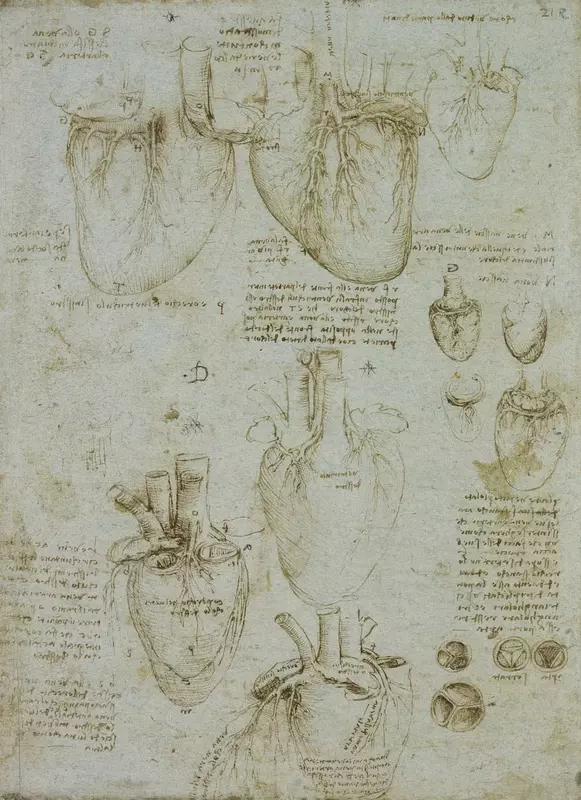
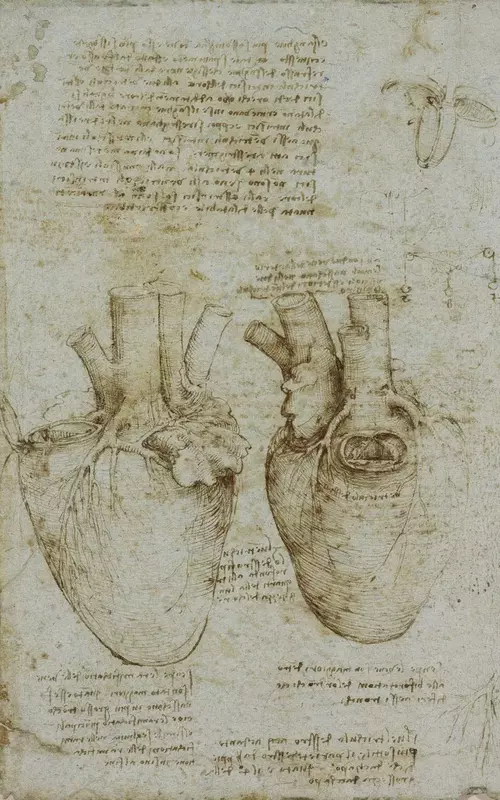
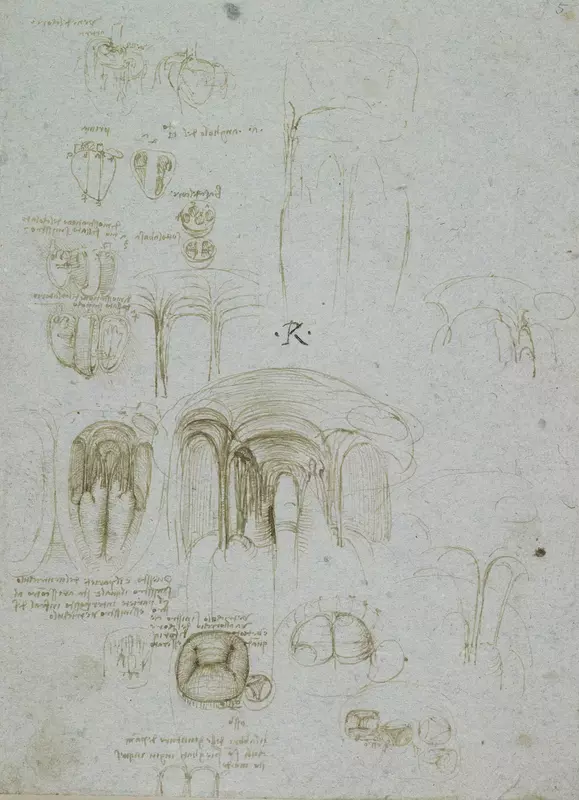
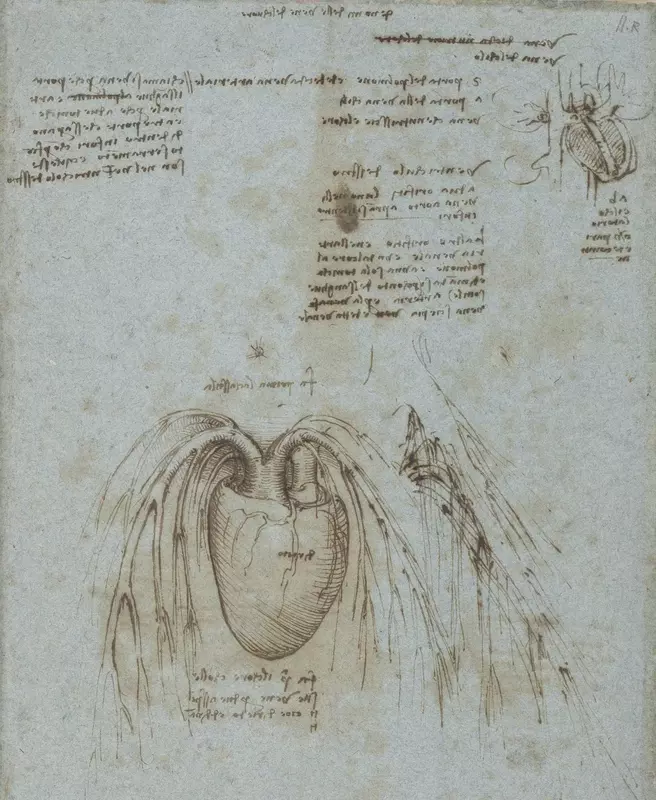
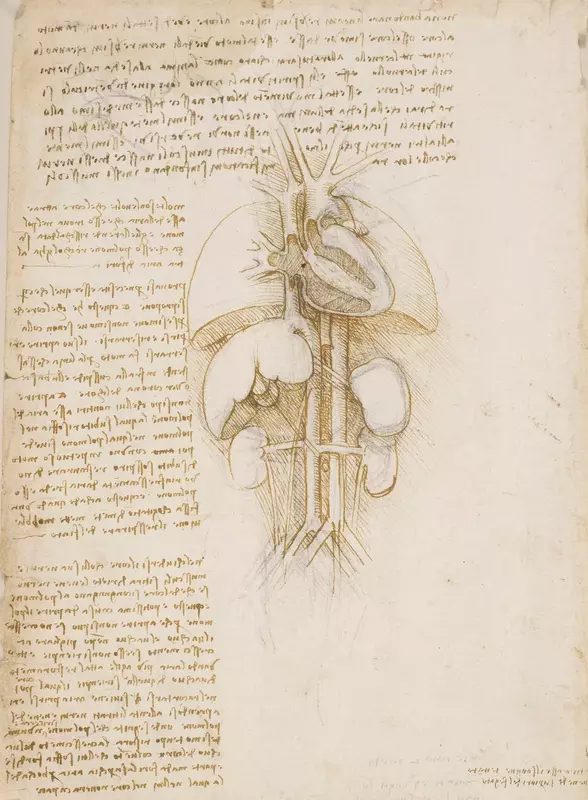
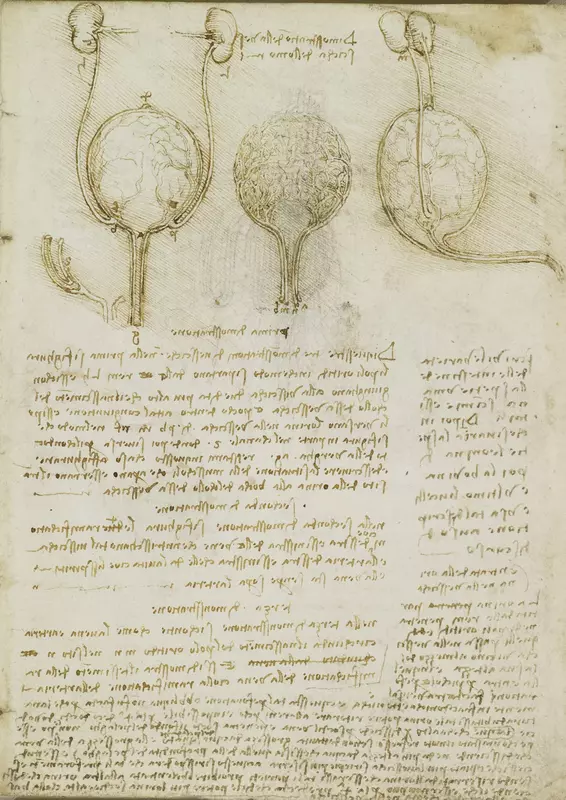
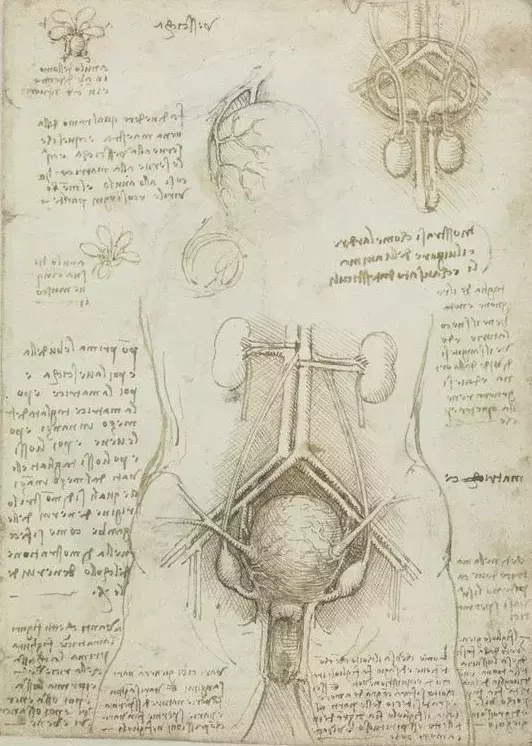
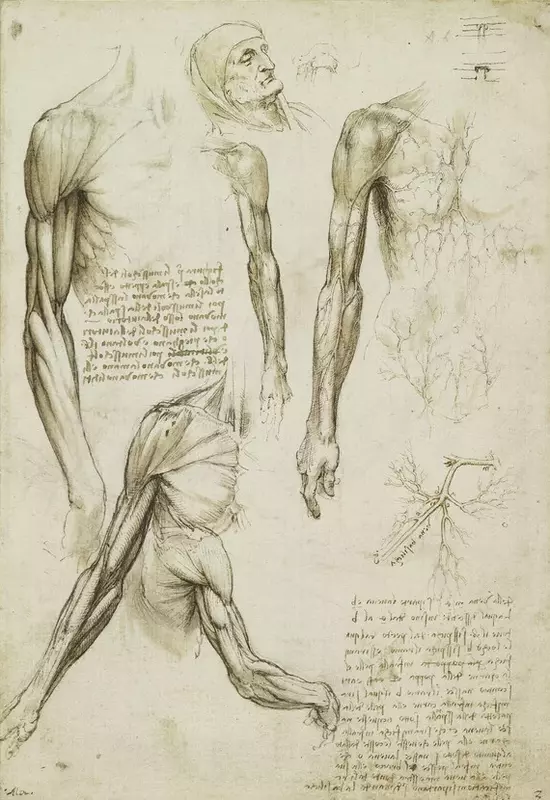
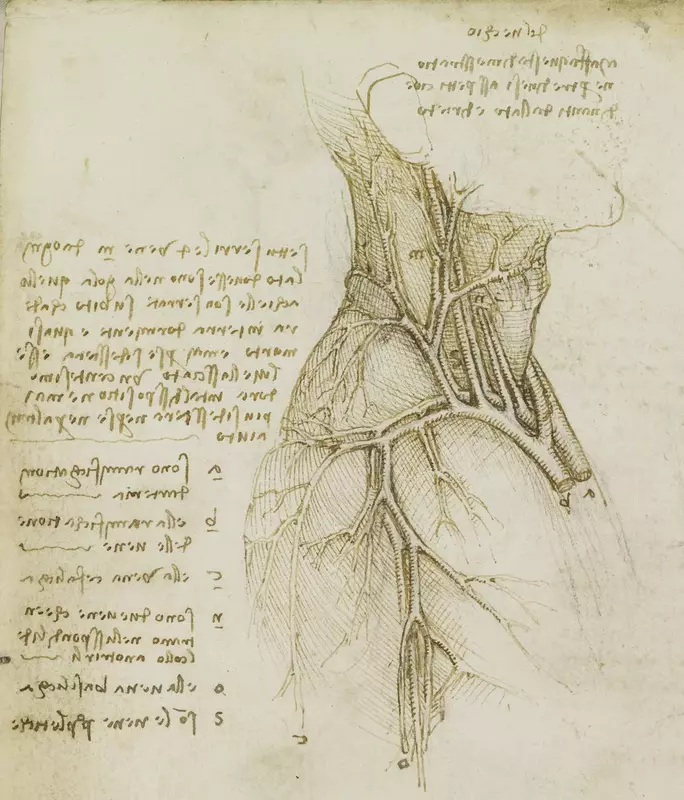
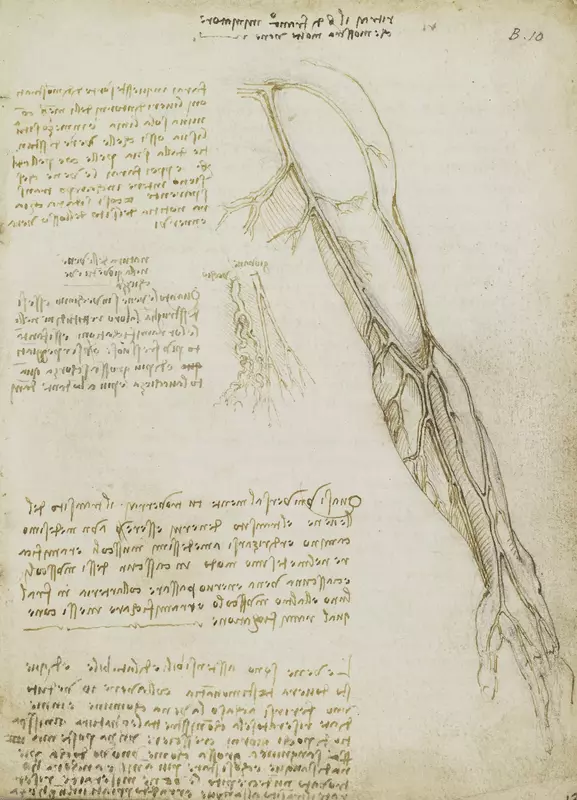
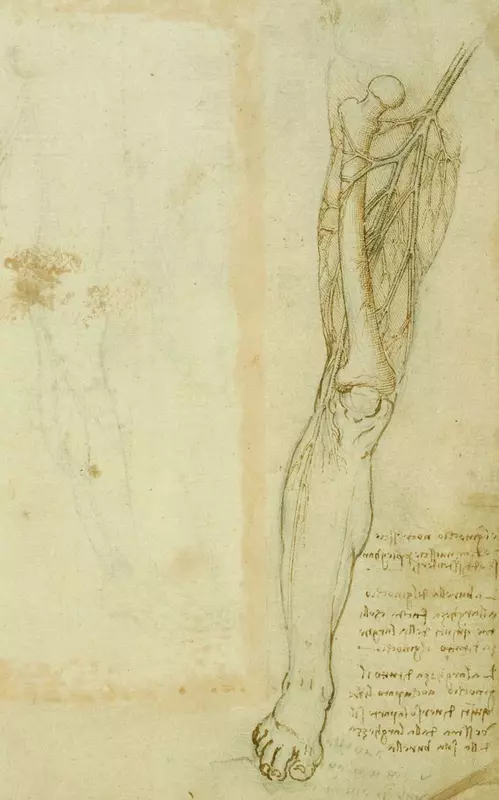
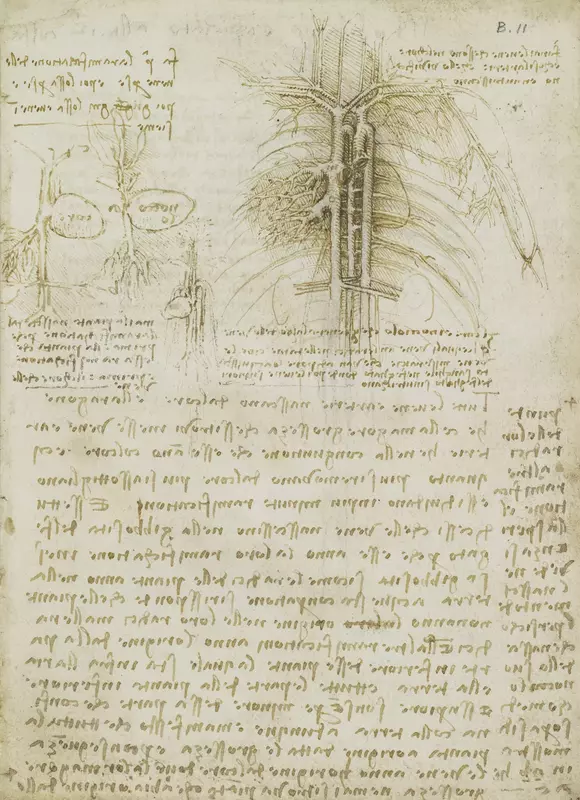

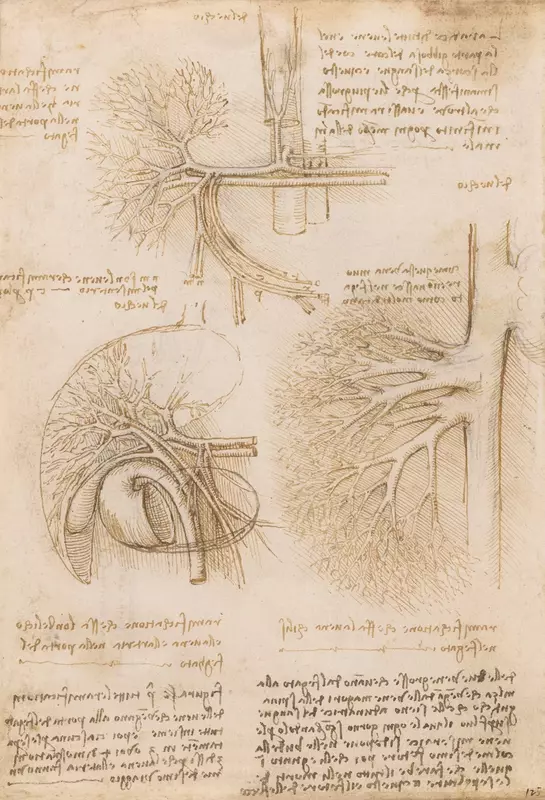
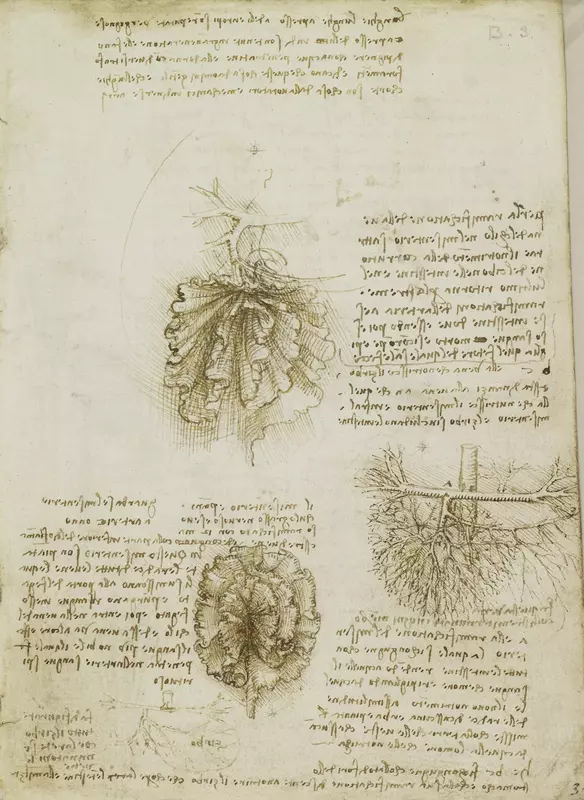
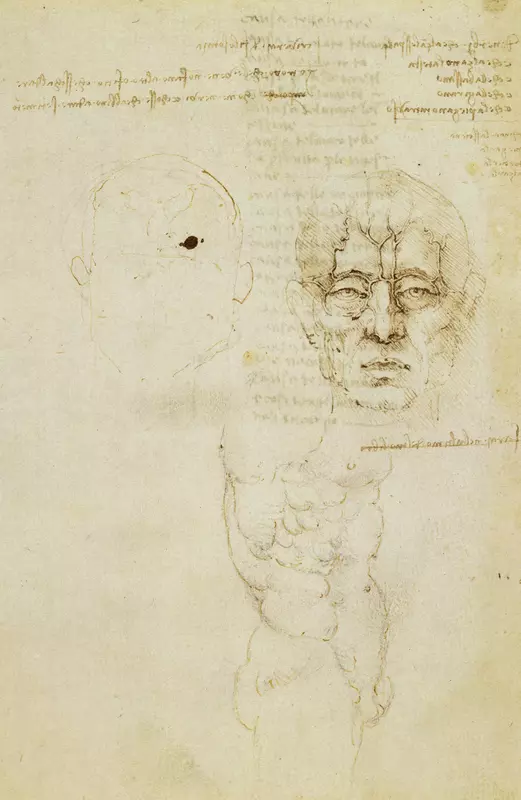
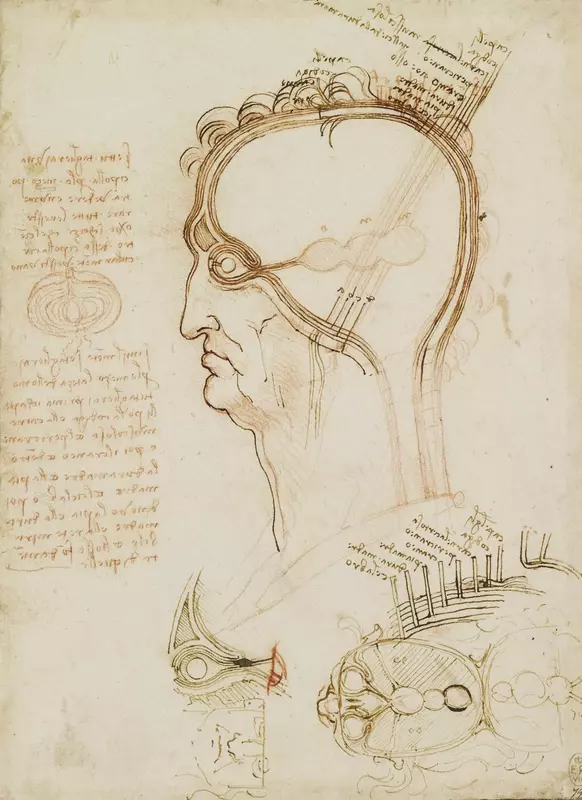
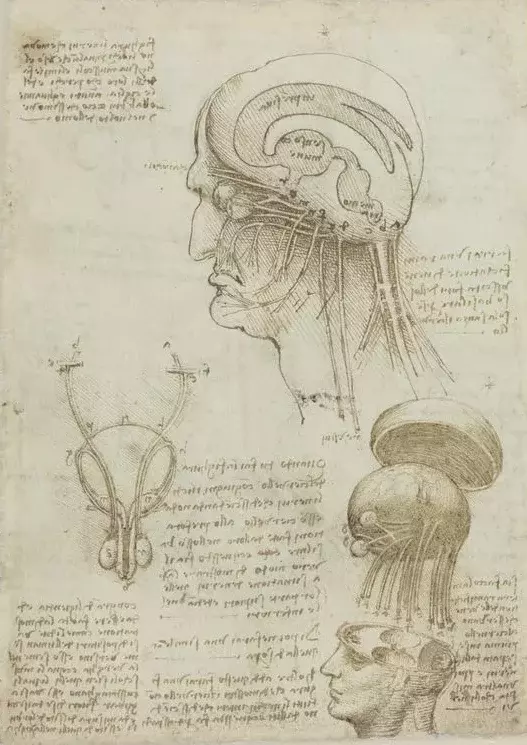
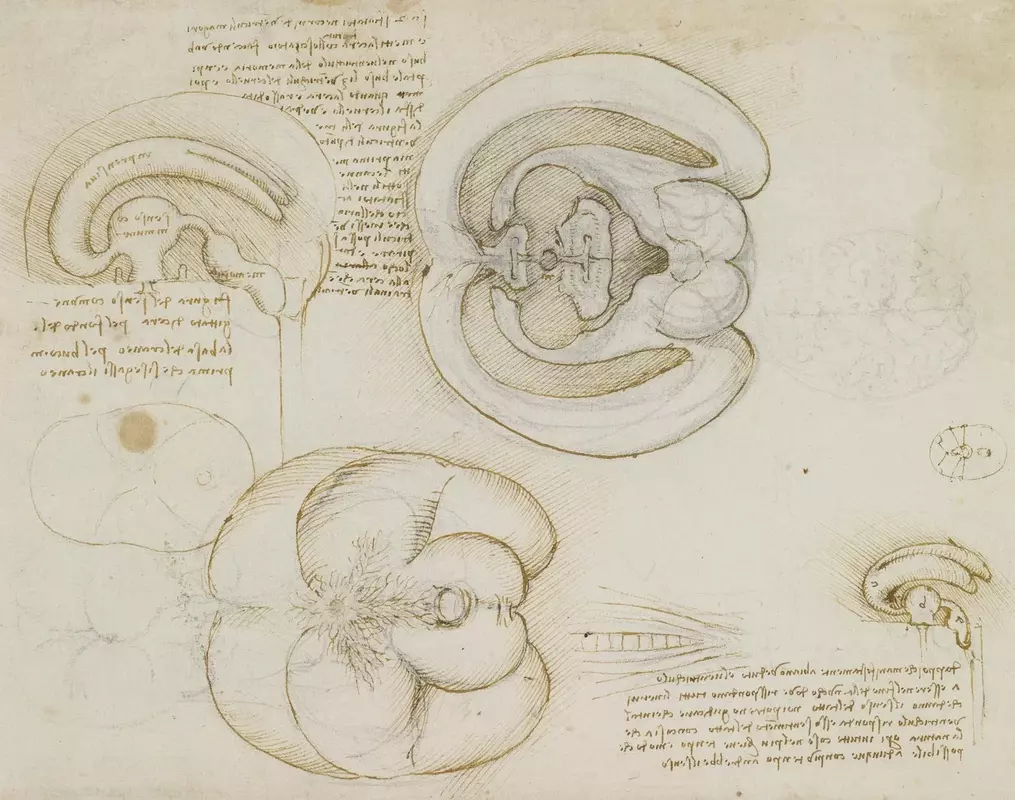
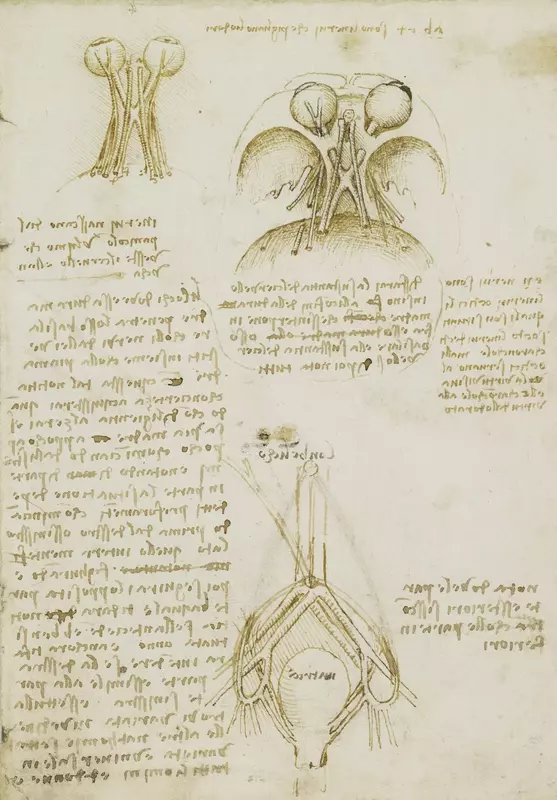
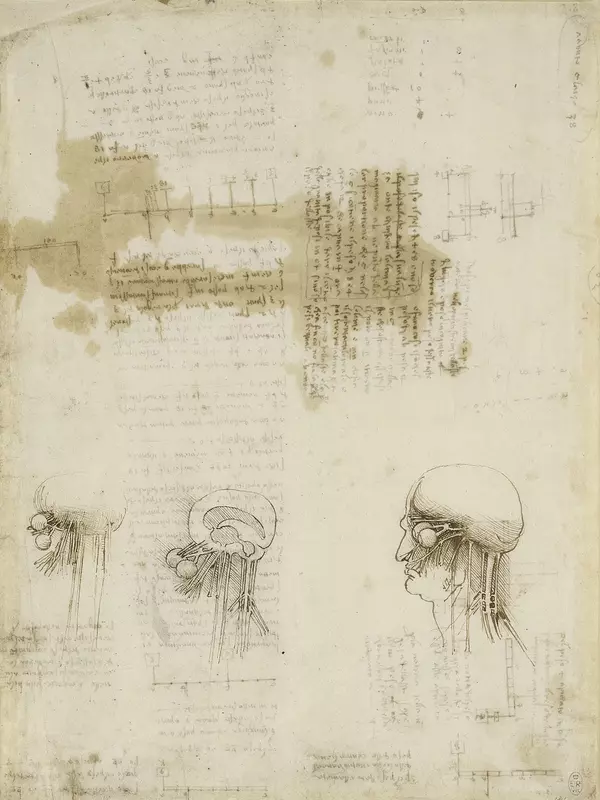
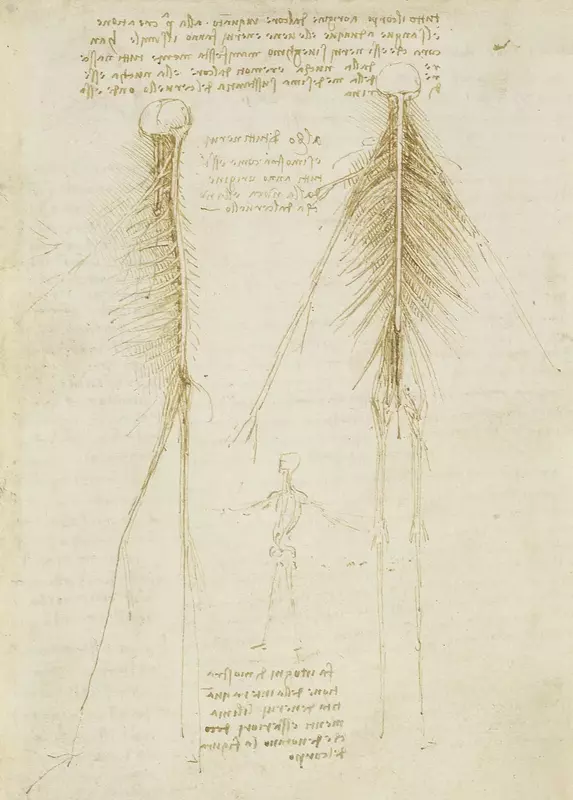
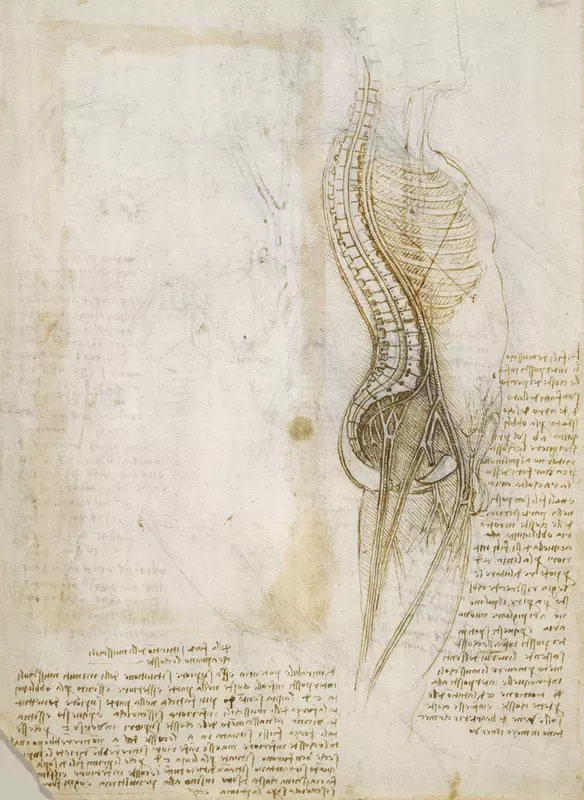
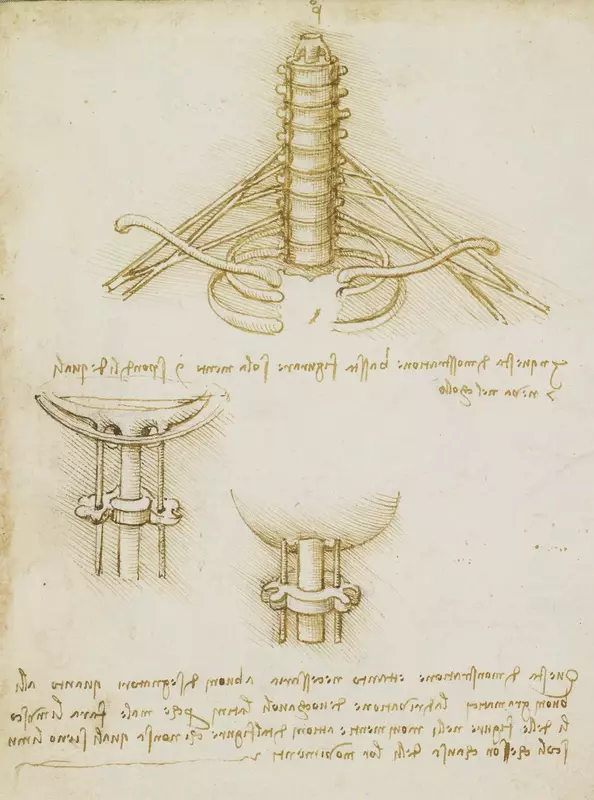
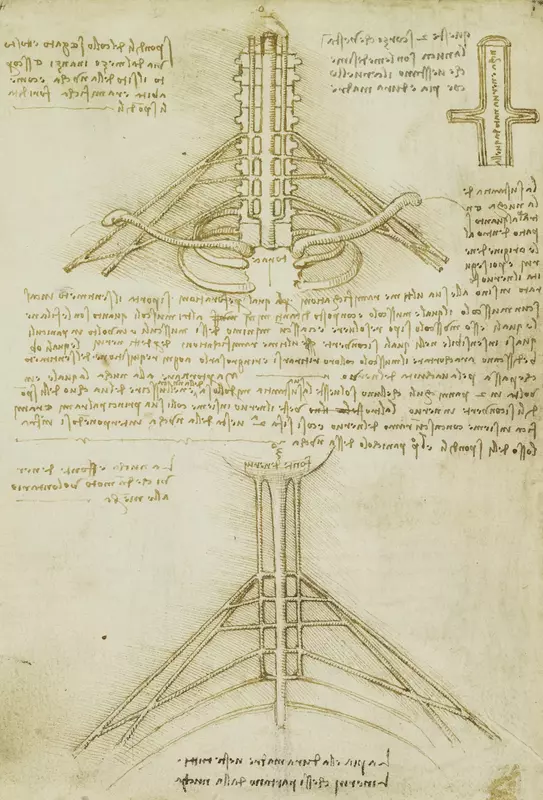
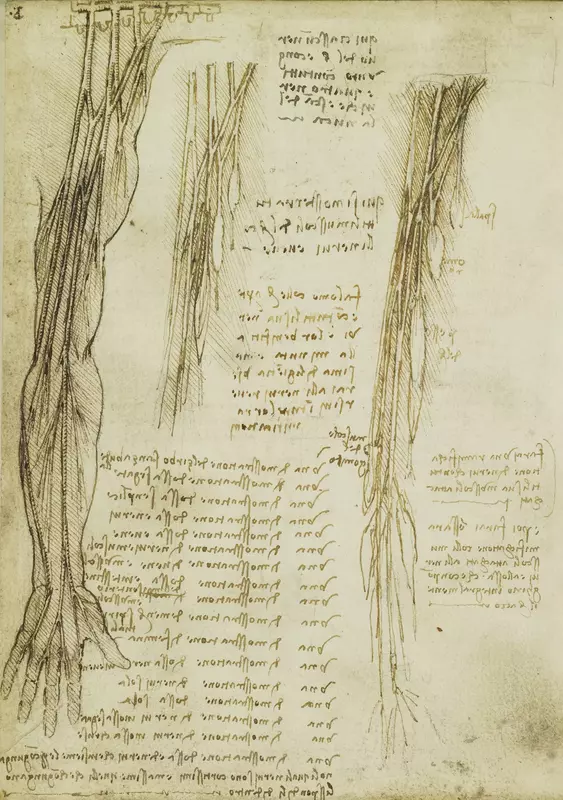
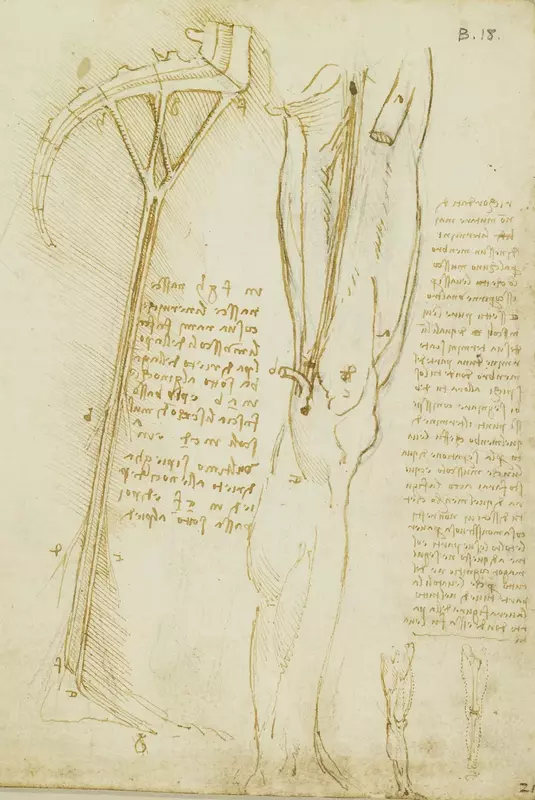
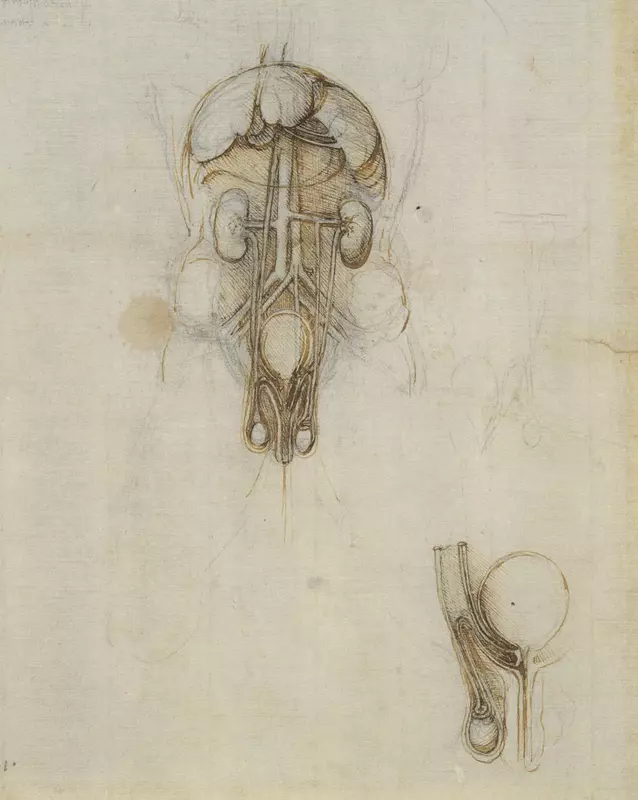
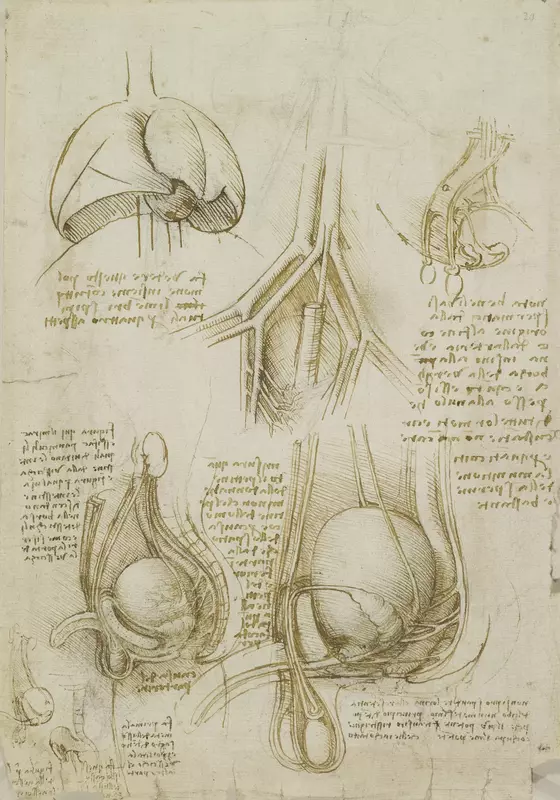
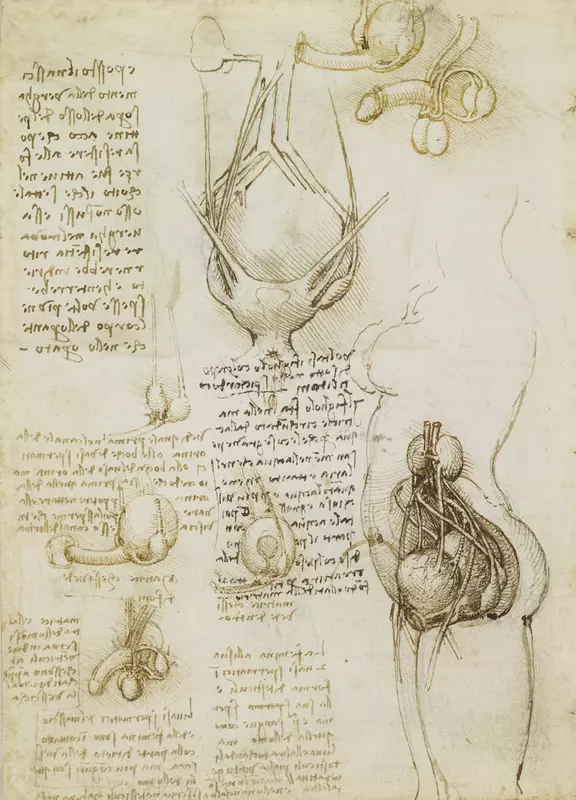
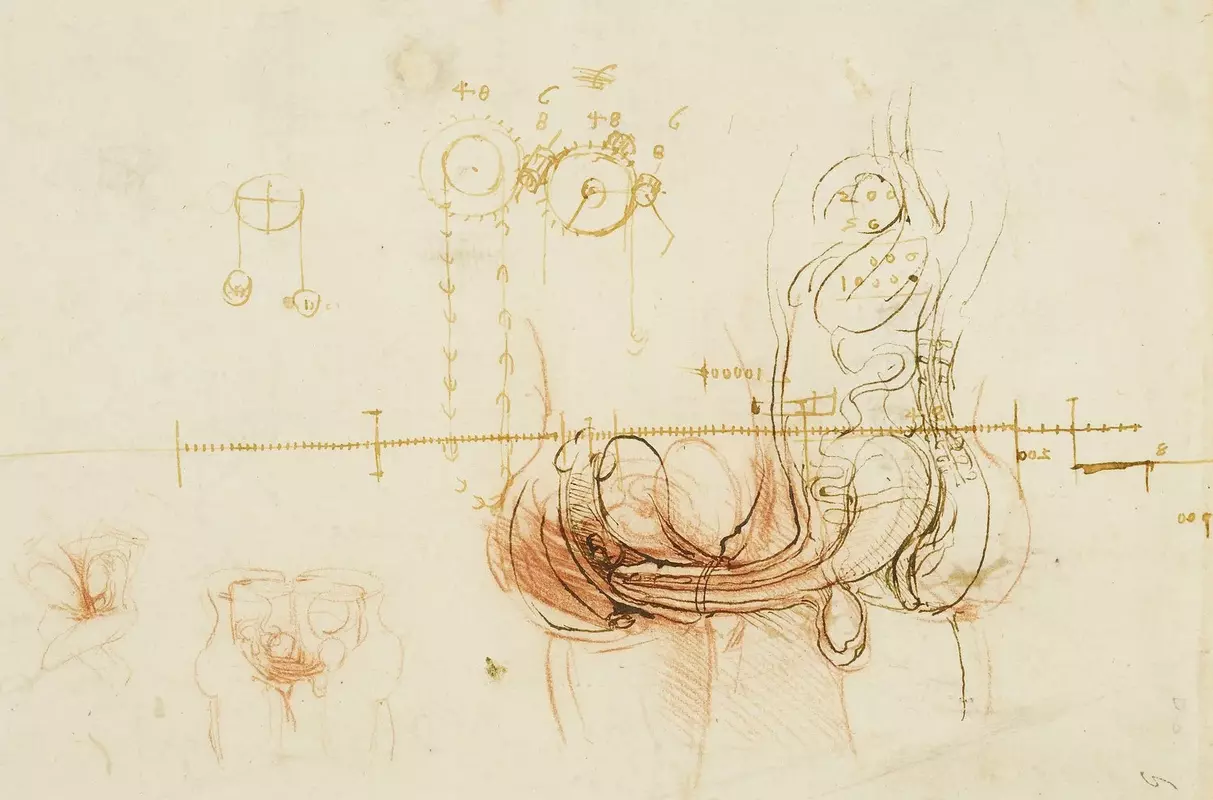
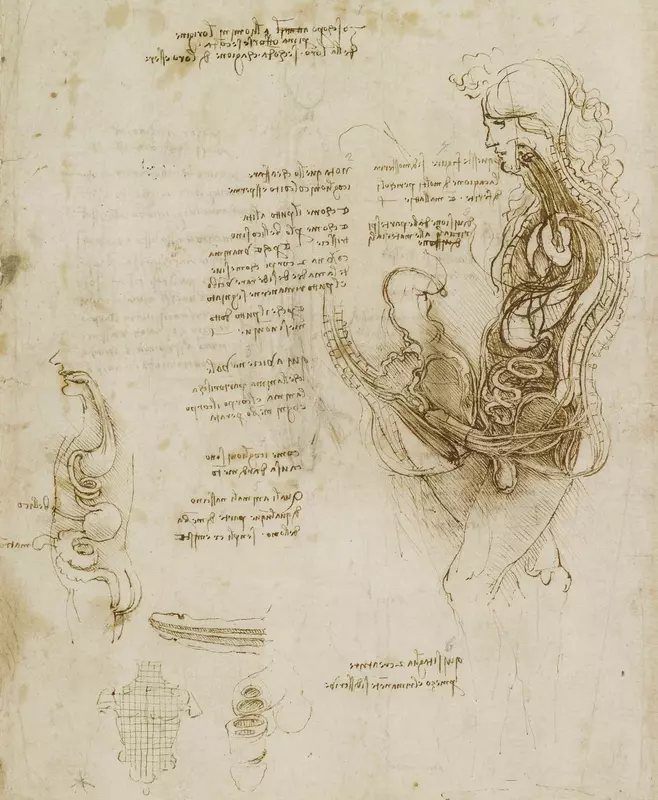
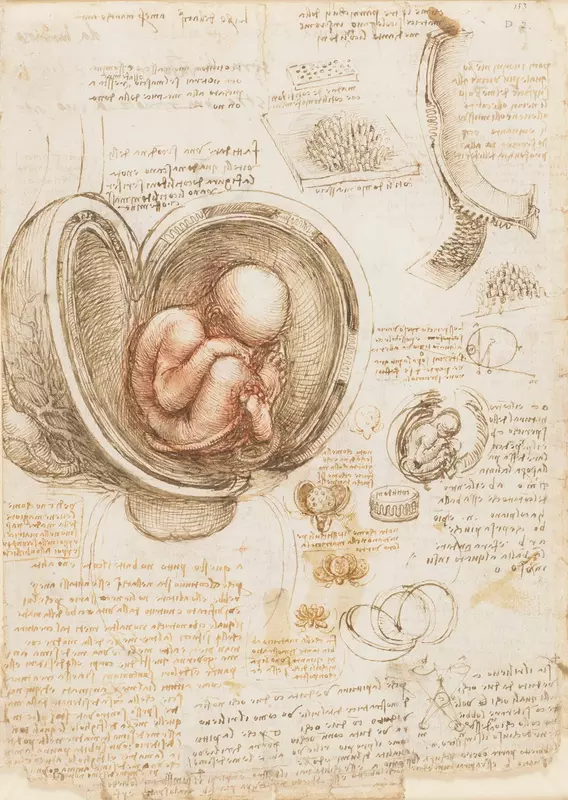
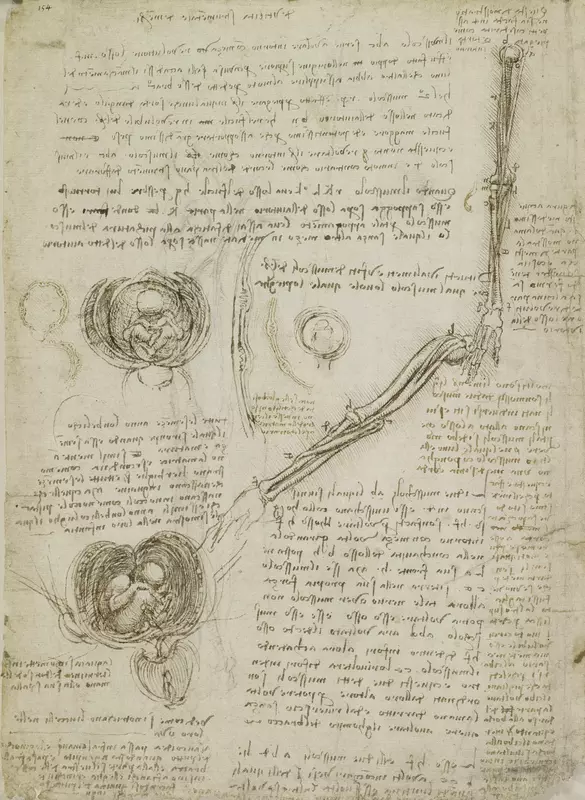
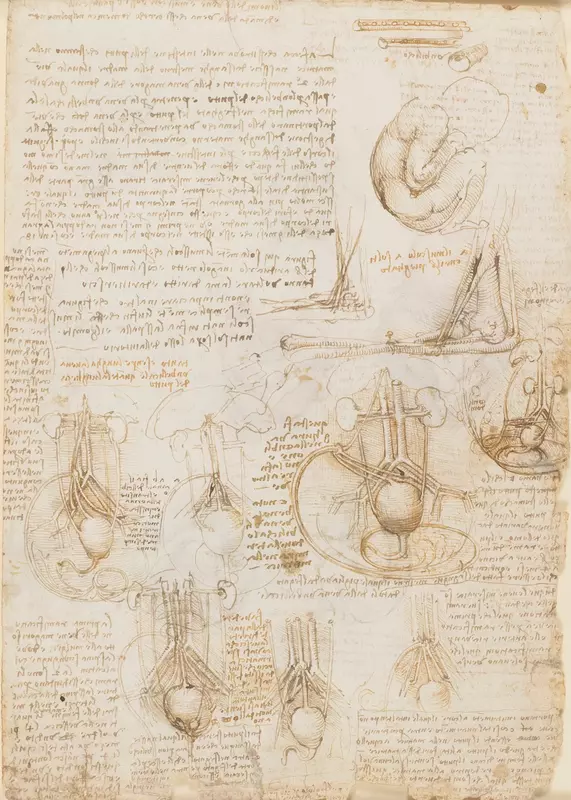

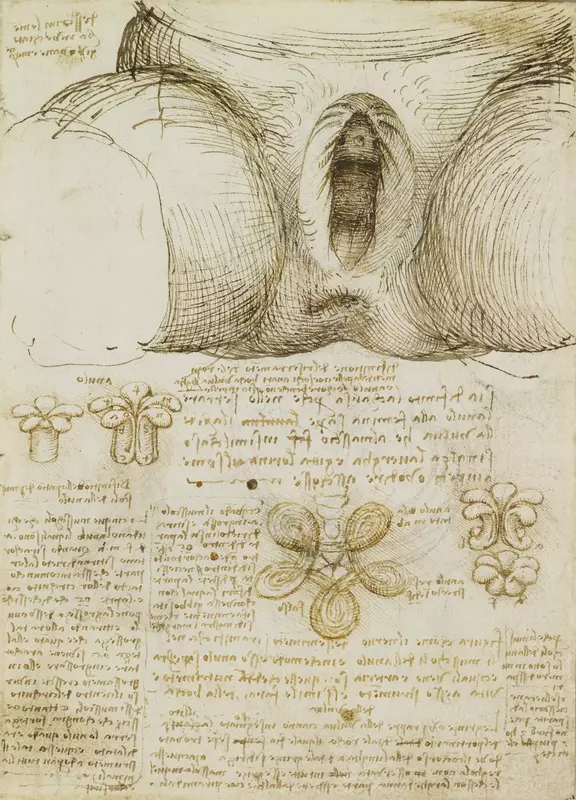
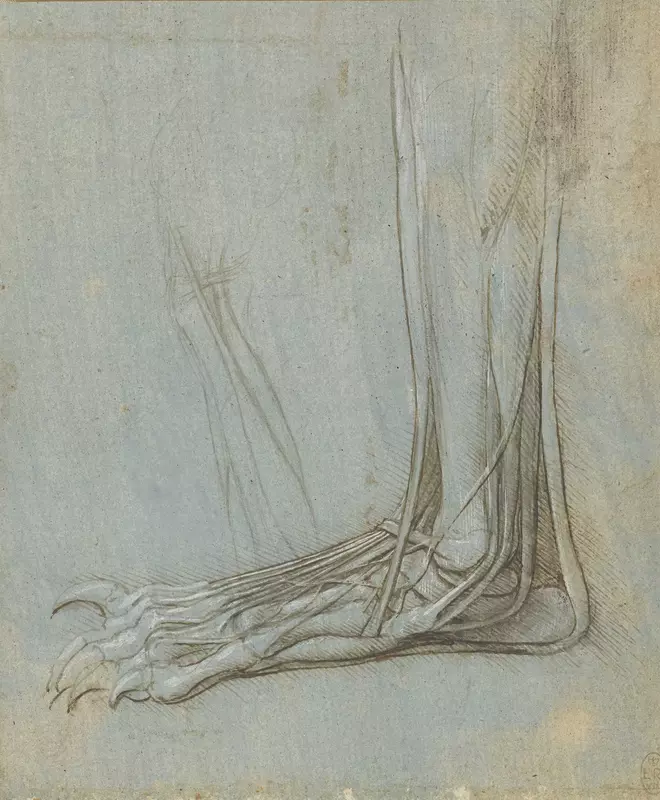
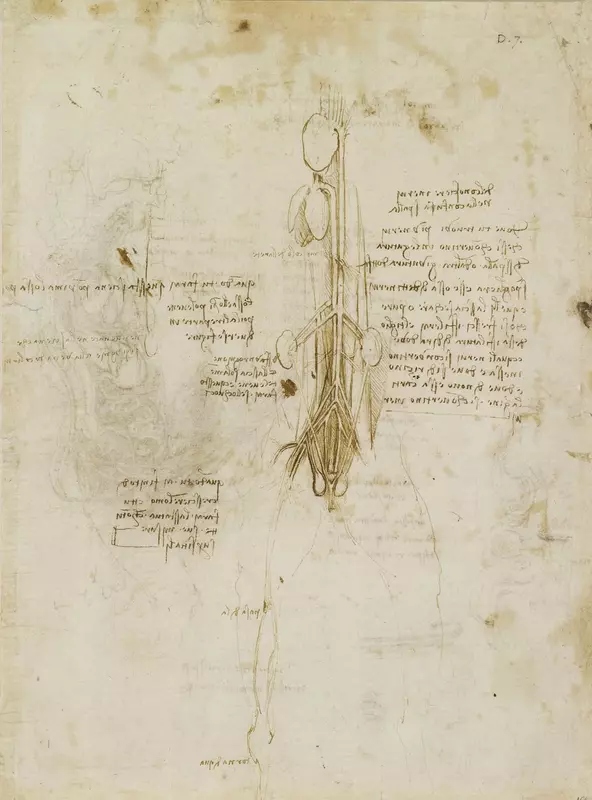
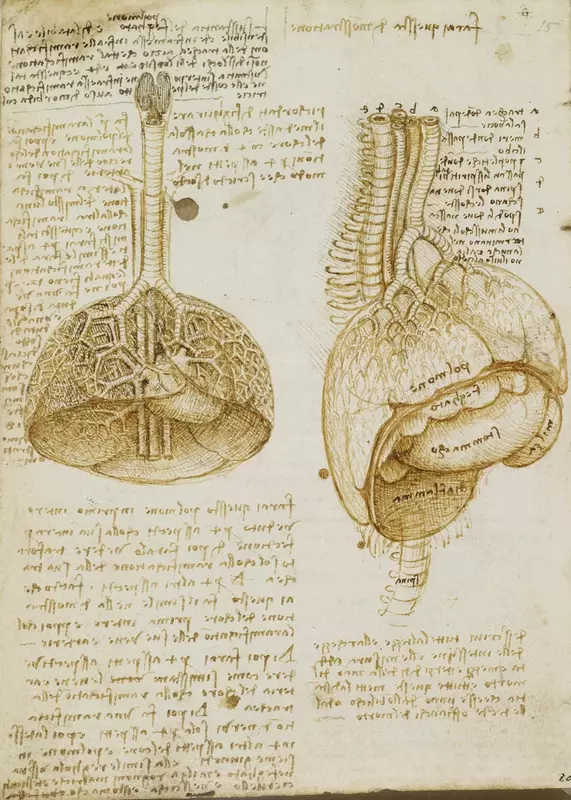
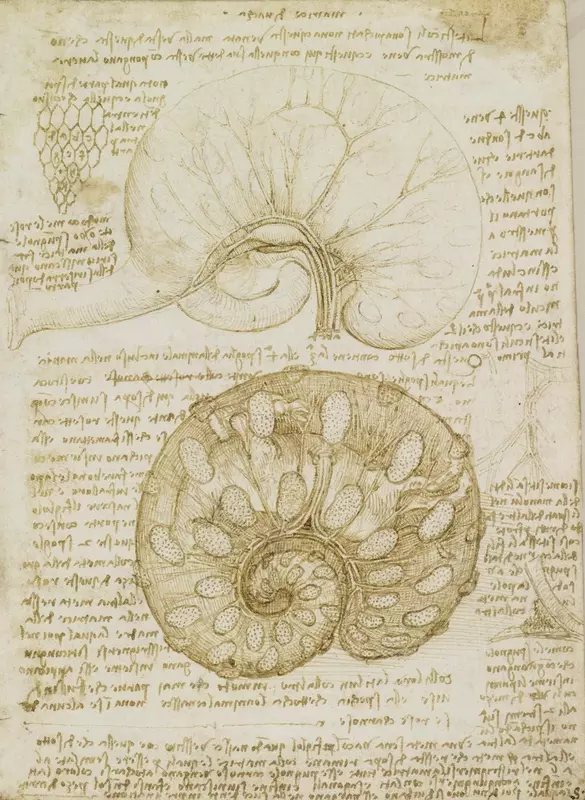
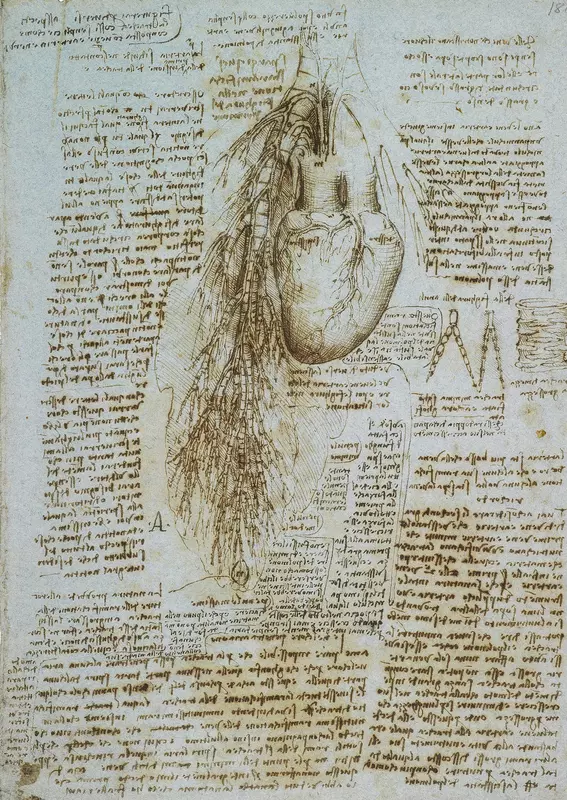
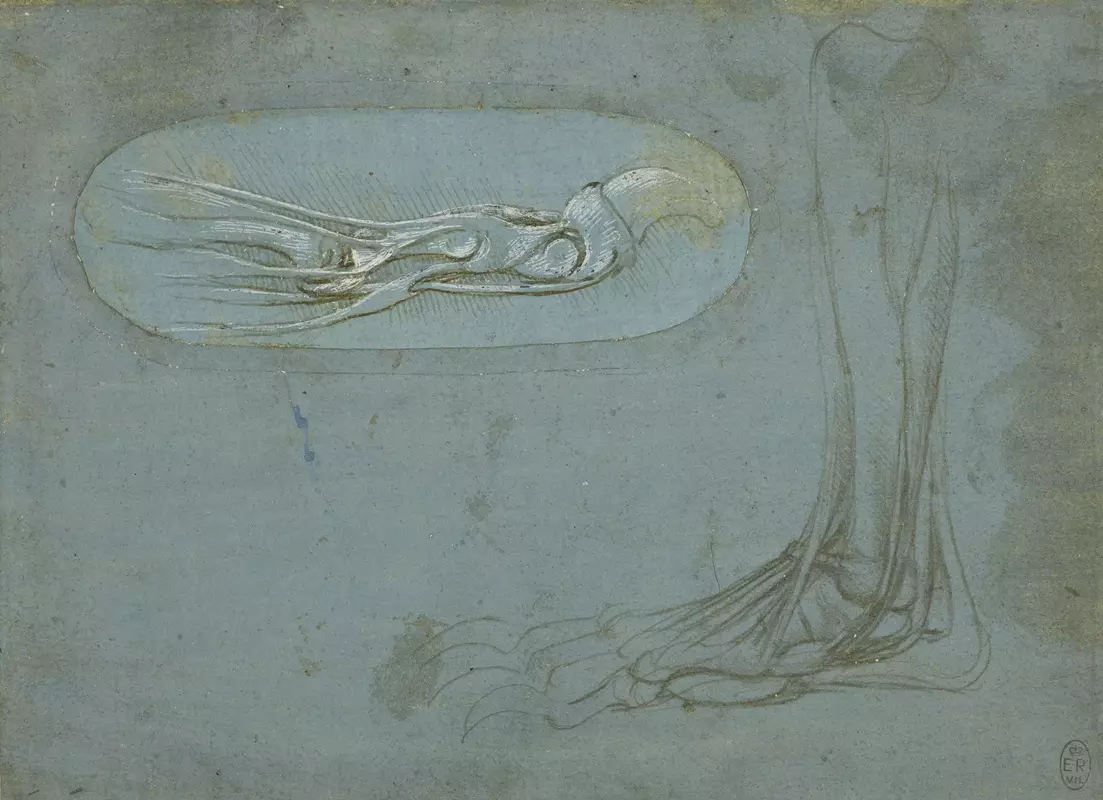
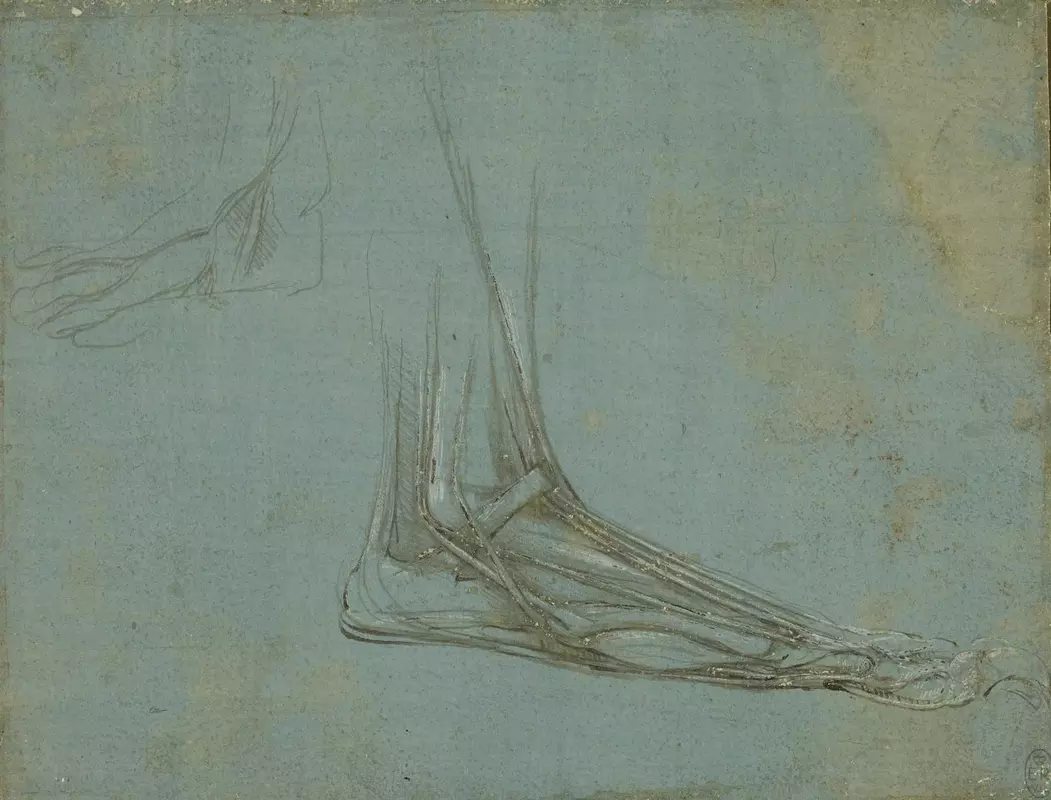
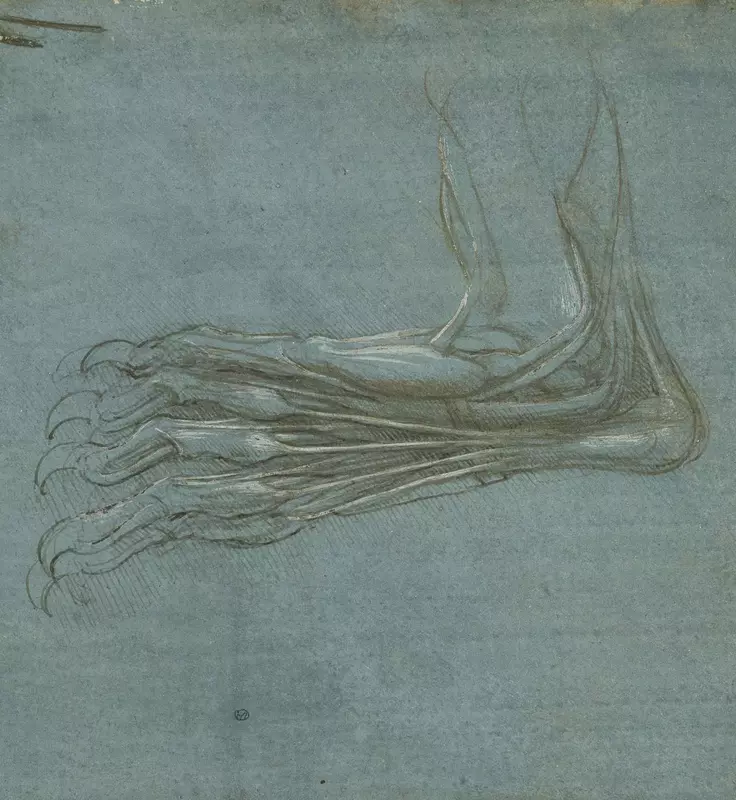
![[Translate to english:] [Translate to english:]](/fileadmin/_processed_/8/b/csm_leonardo-alle-gemaelde_2dc4b01ef6.webp.pagespeed.ce.ohfmgl8OfF.webp)
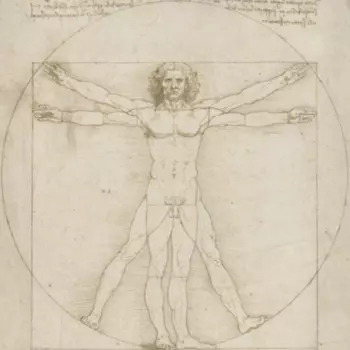
![[Translate to english:] [Translate to english:]](/fileadmin/_processed_/1/2/csm_cavallo-leonardo_bf668e6f21.webp.pagespeed.ce.ZaoNyB4ZGh.webp)
